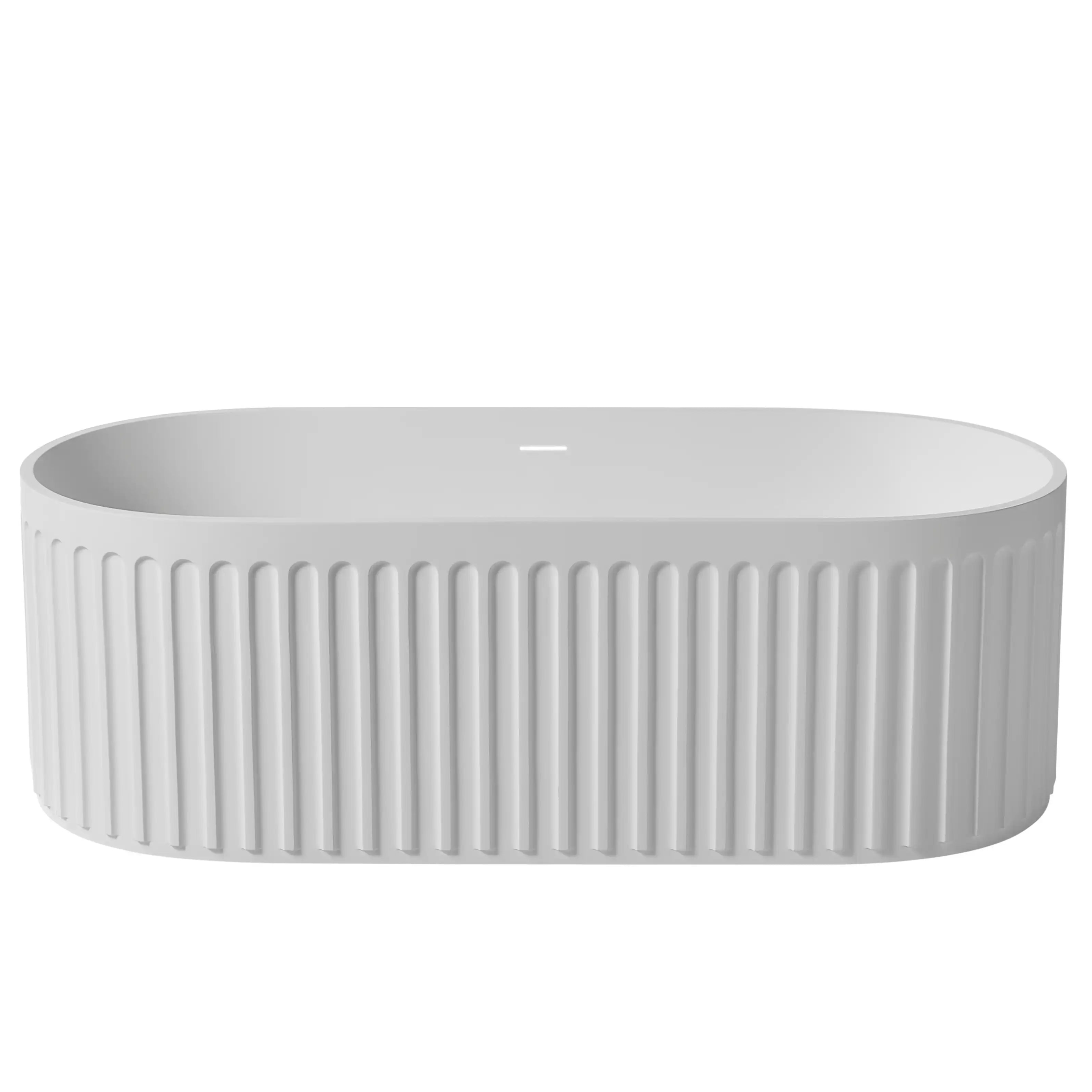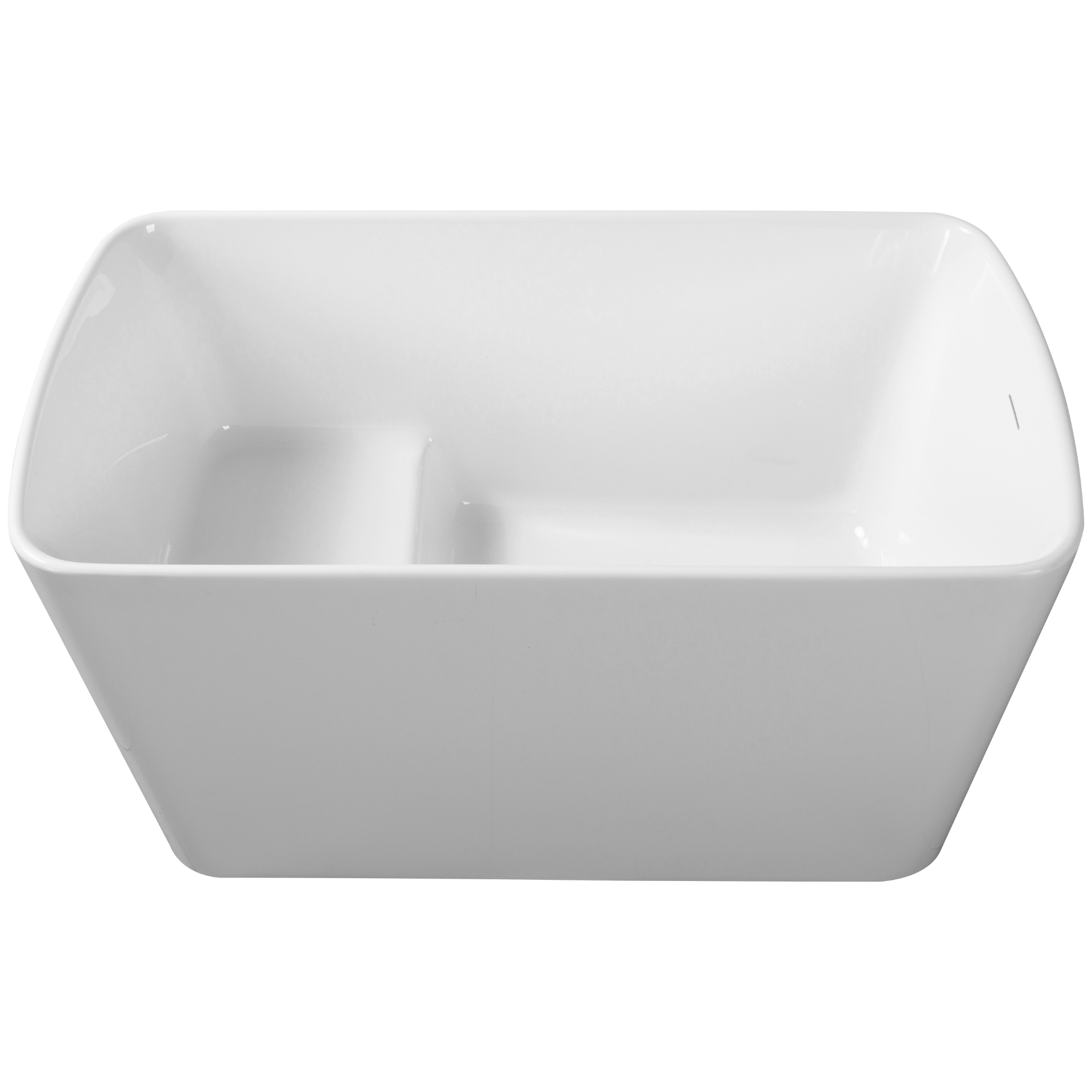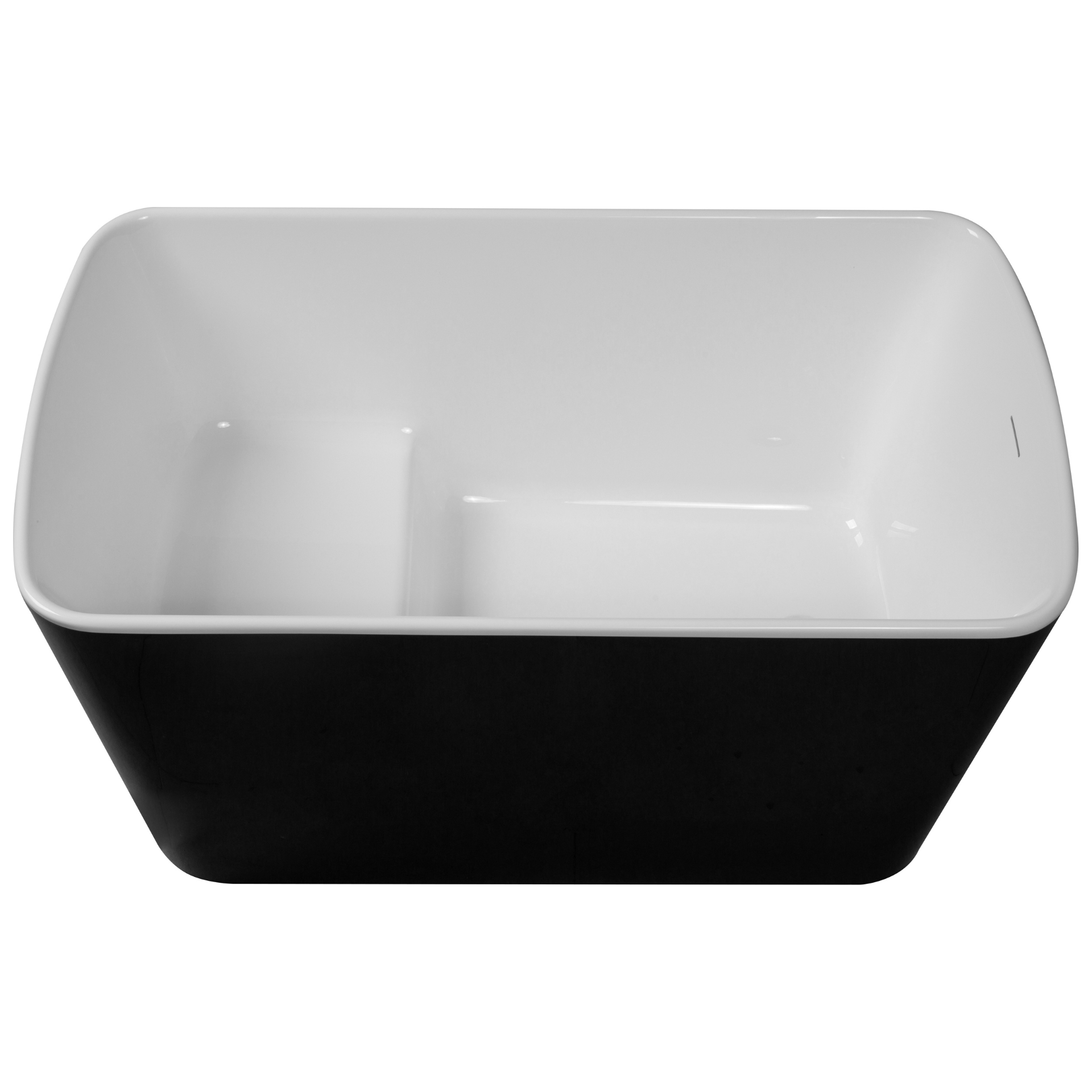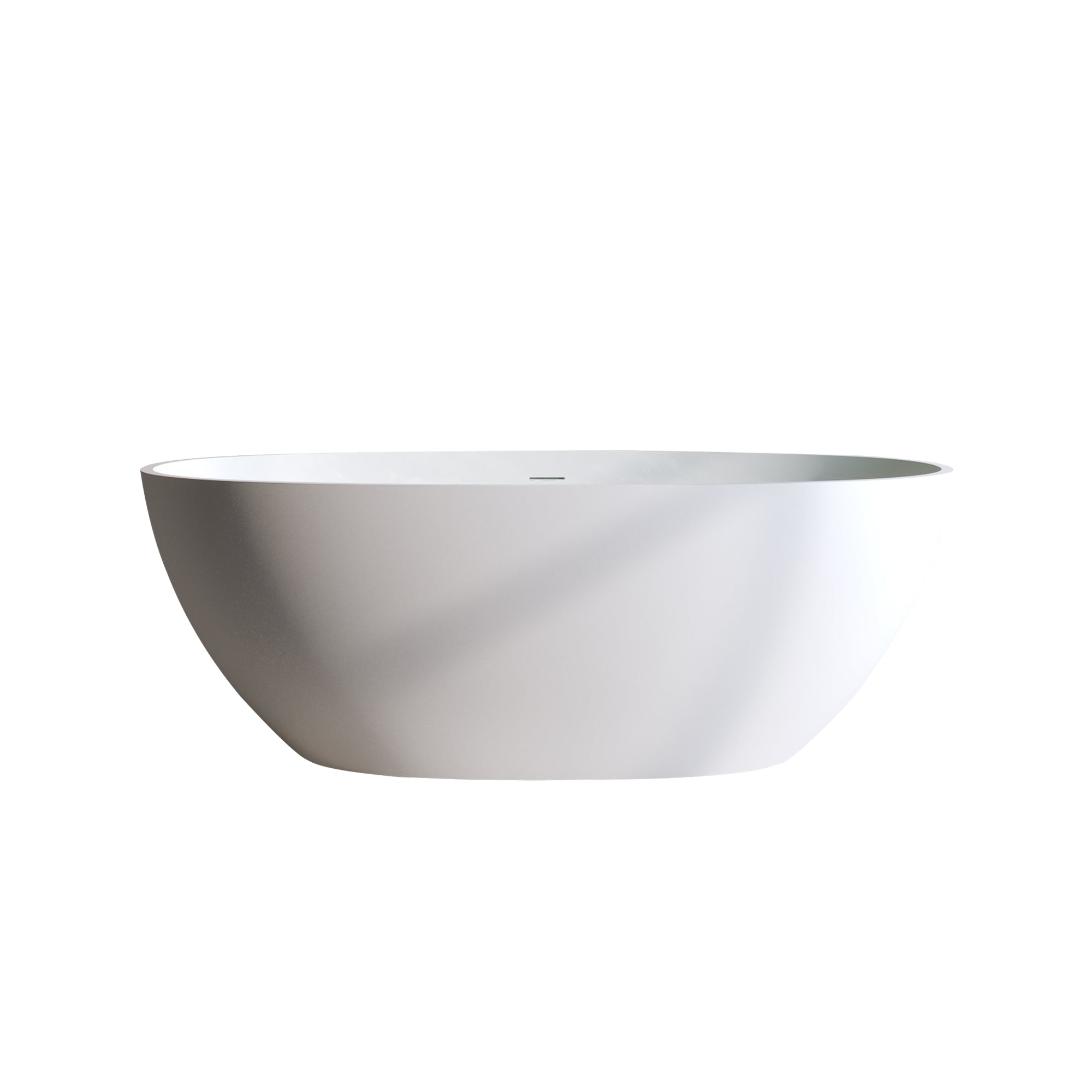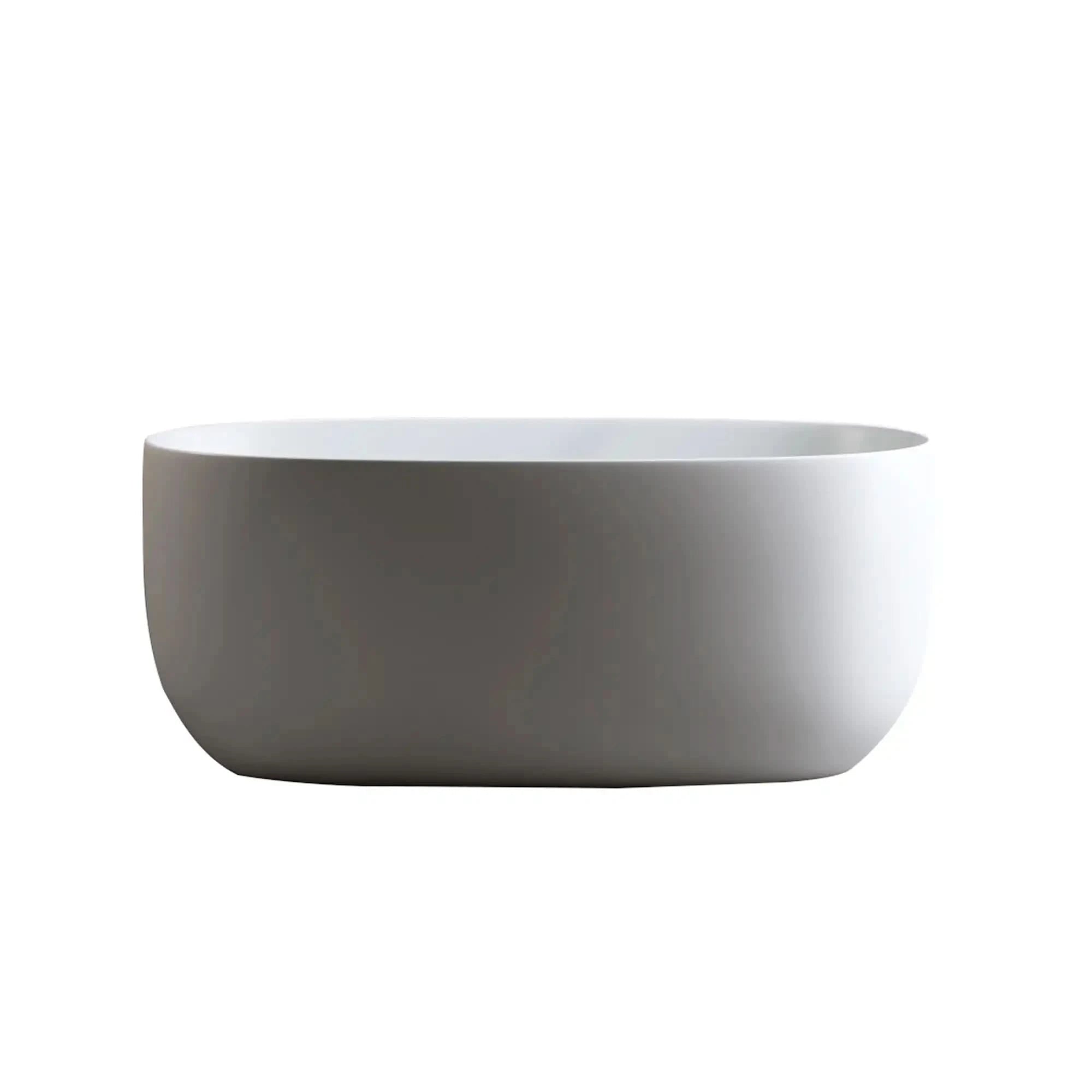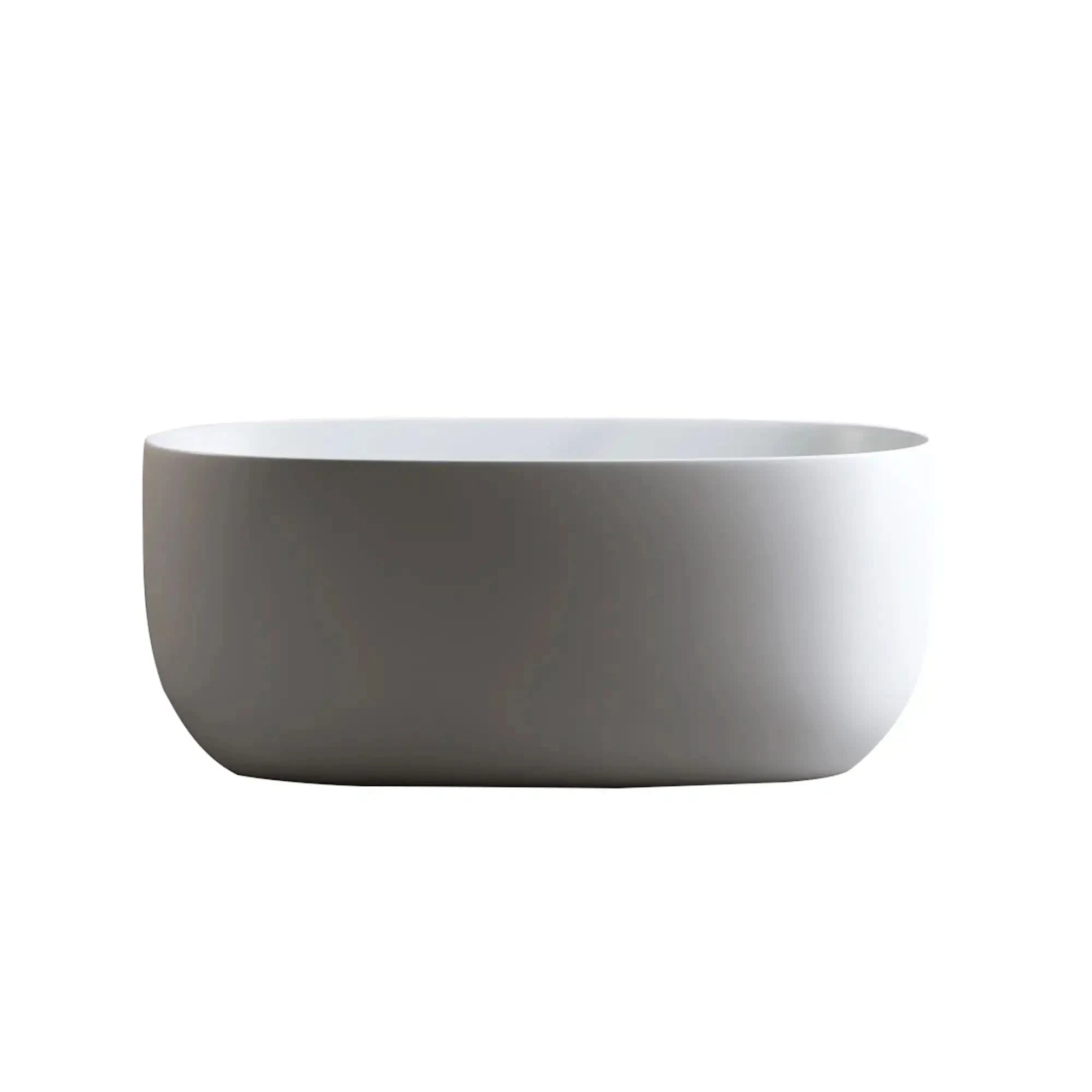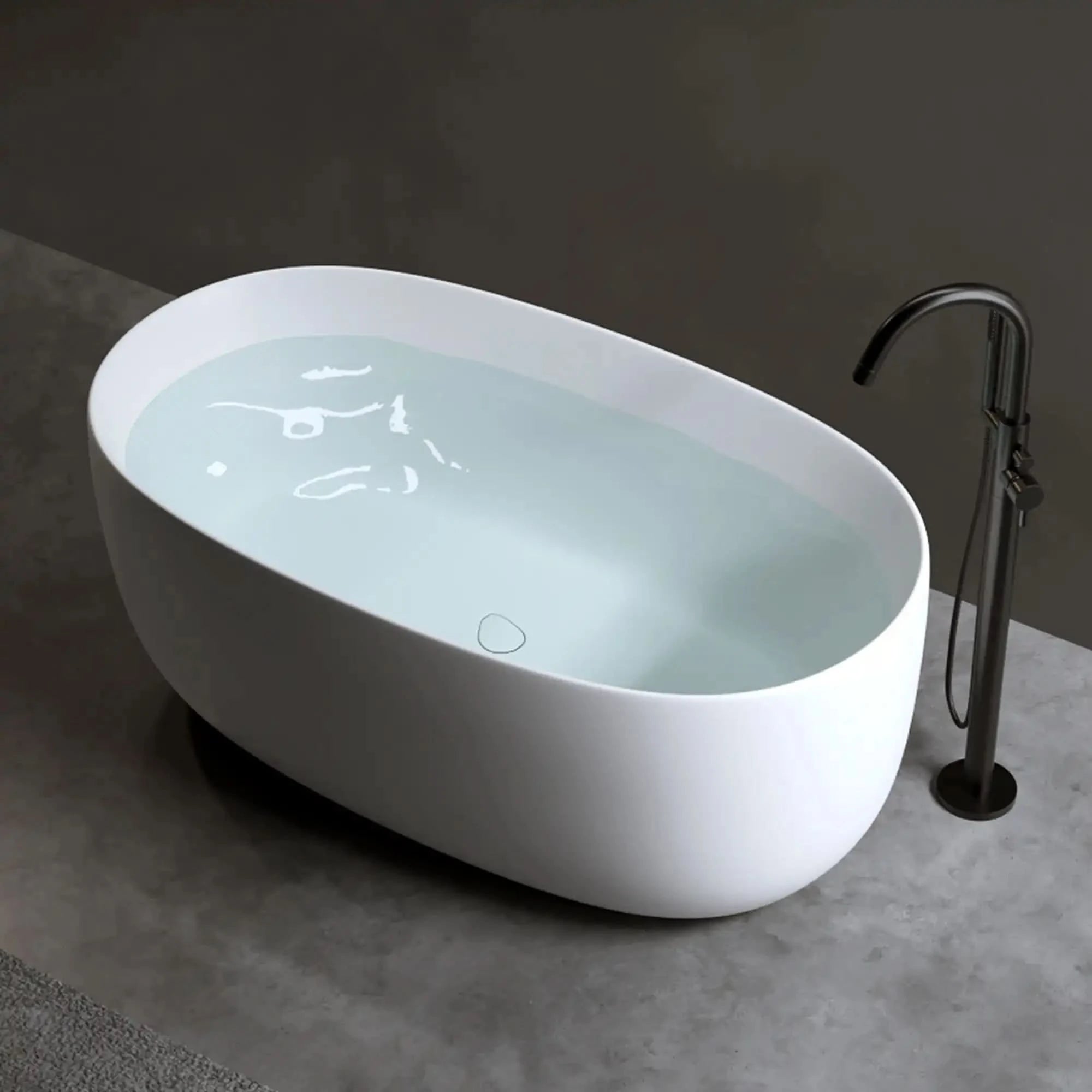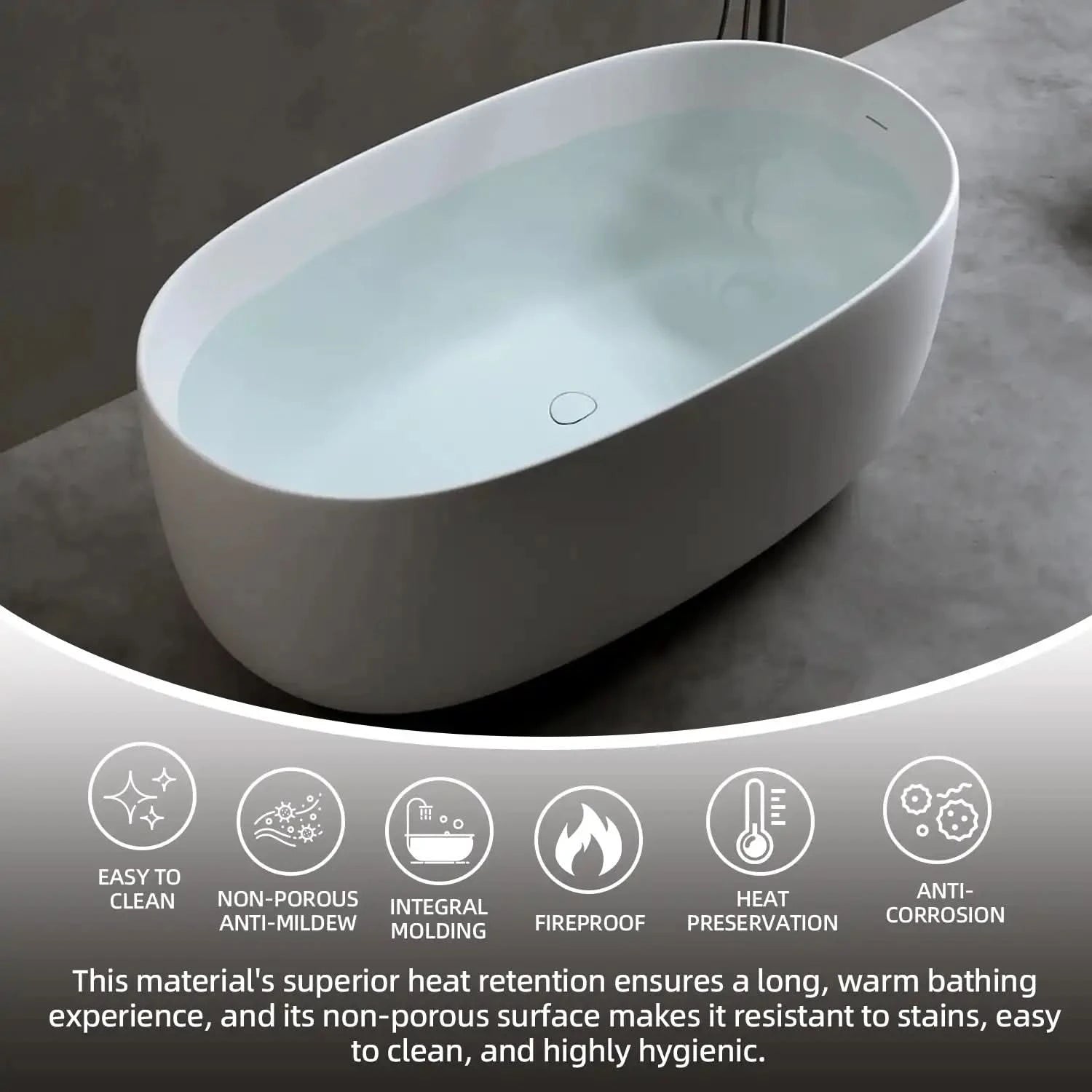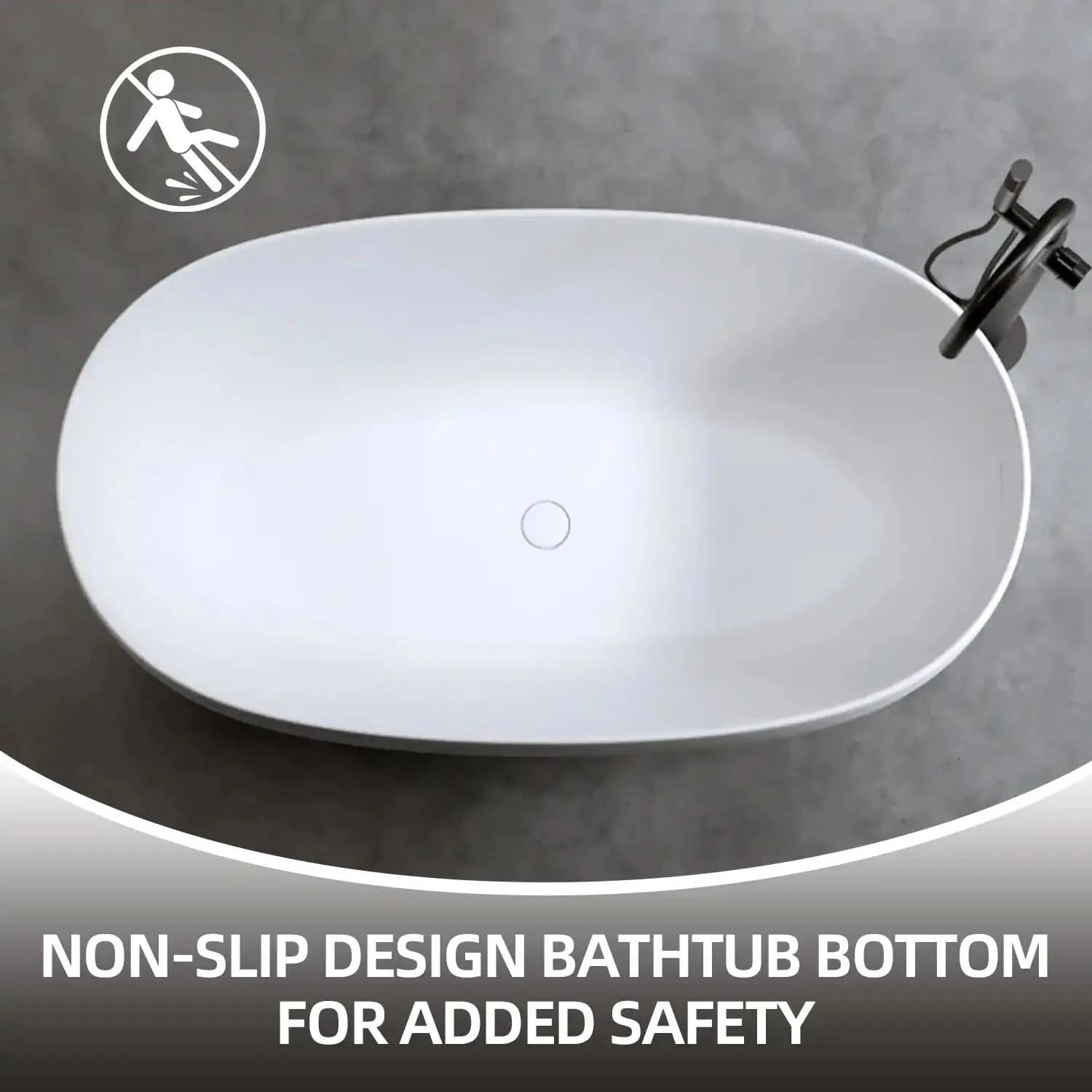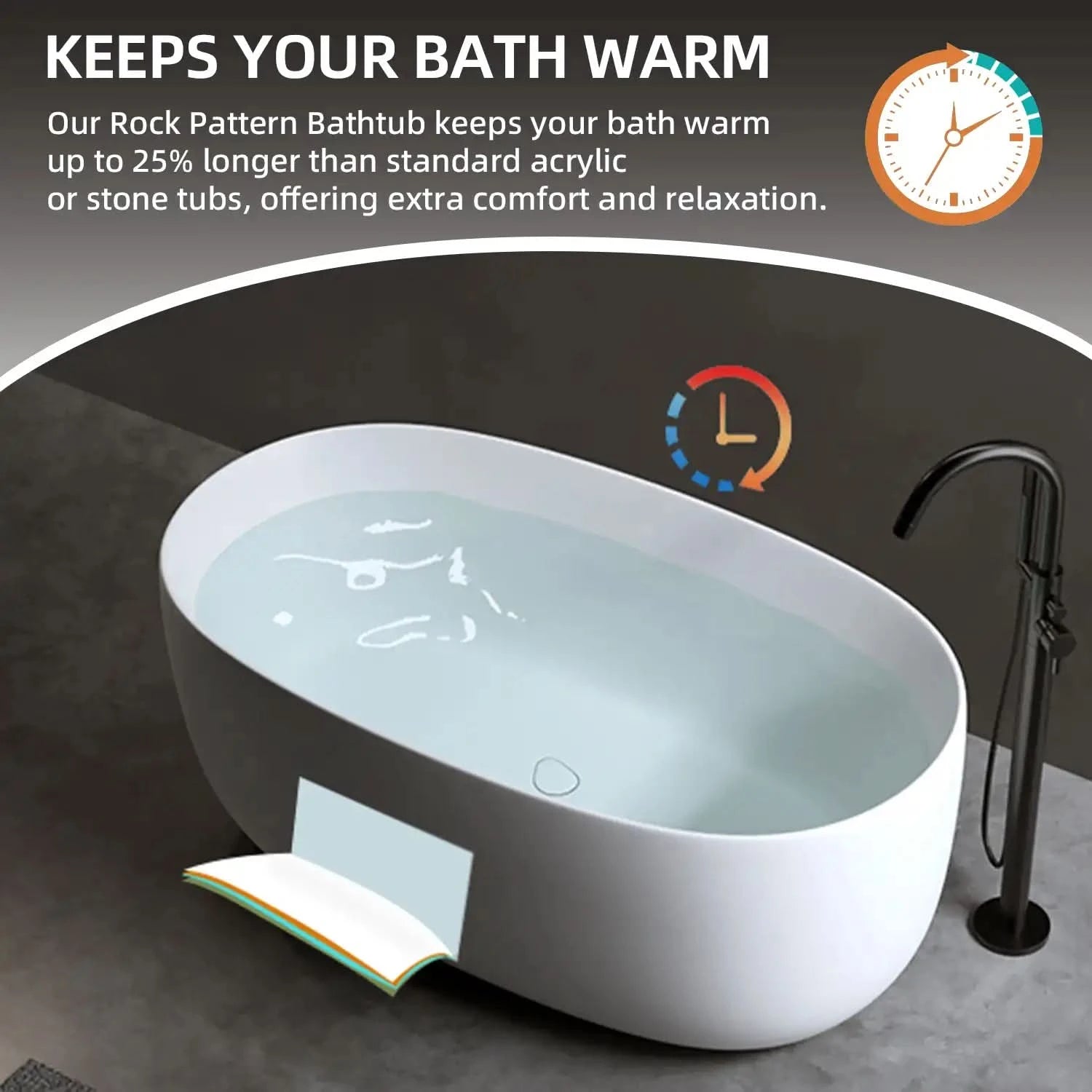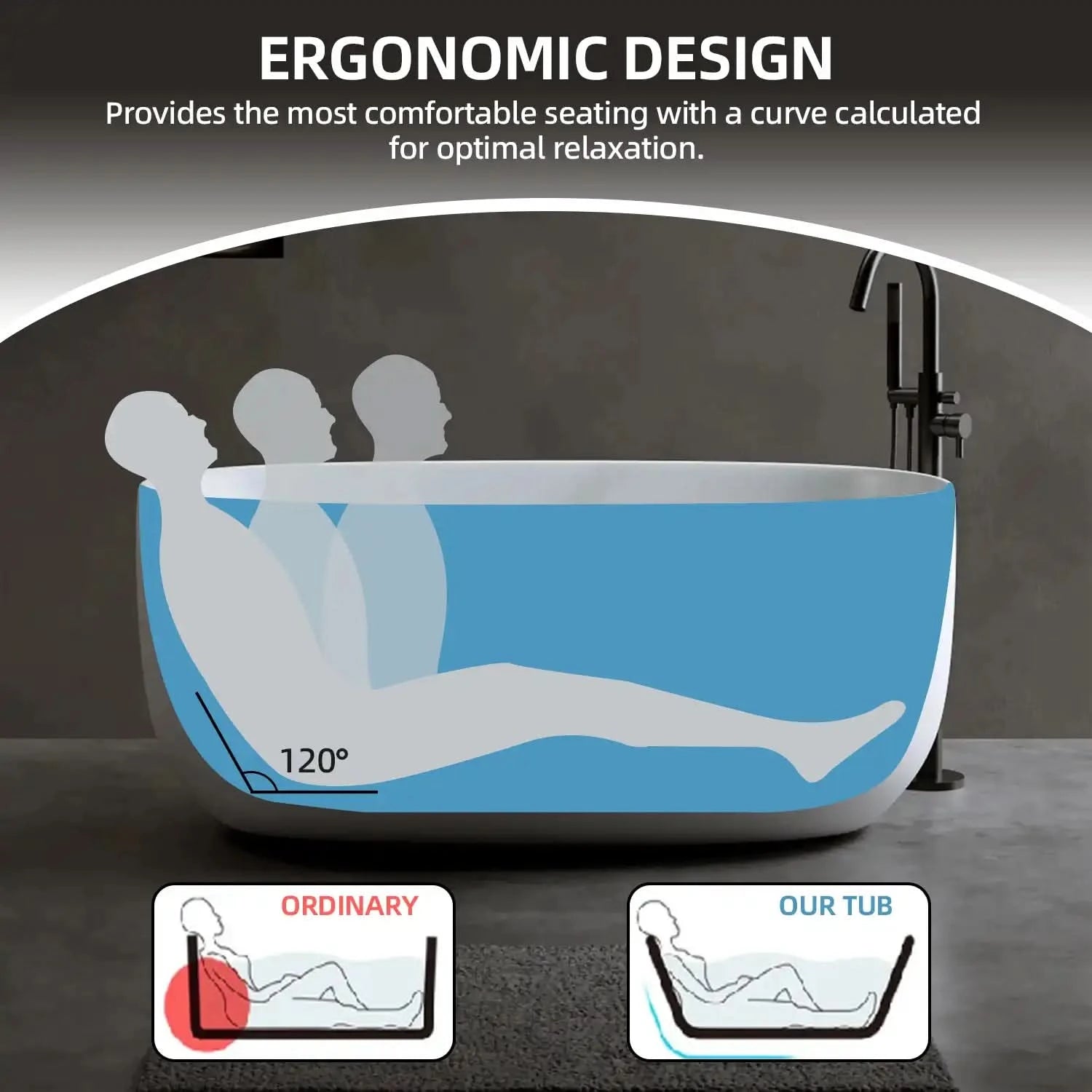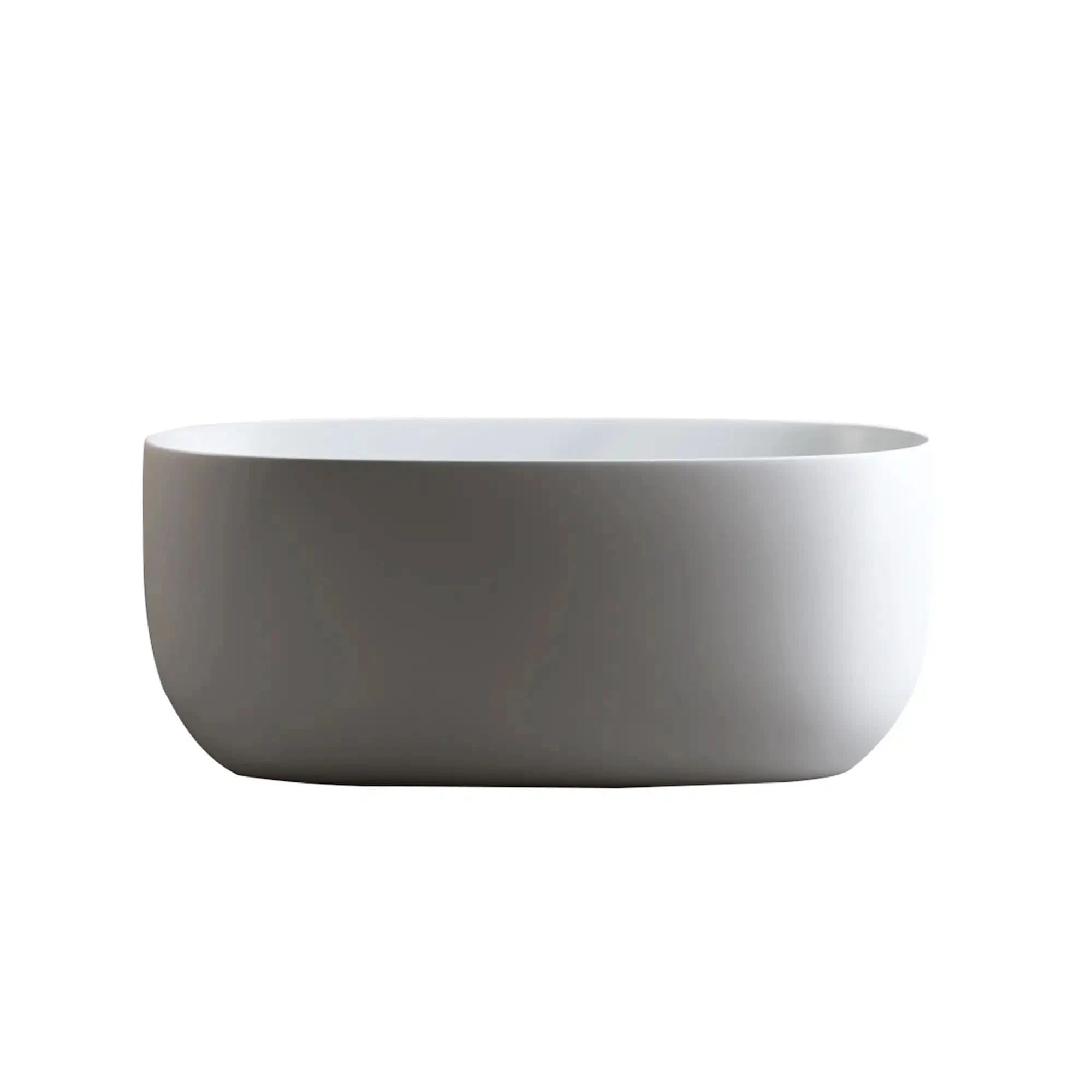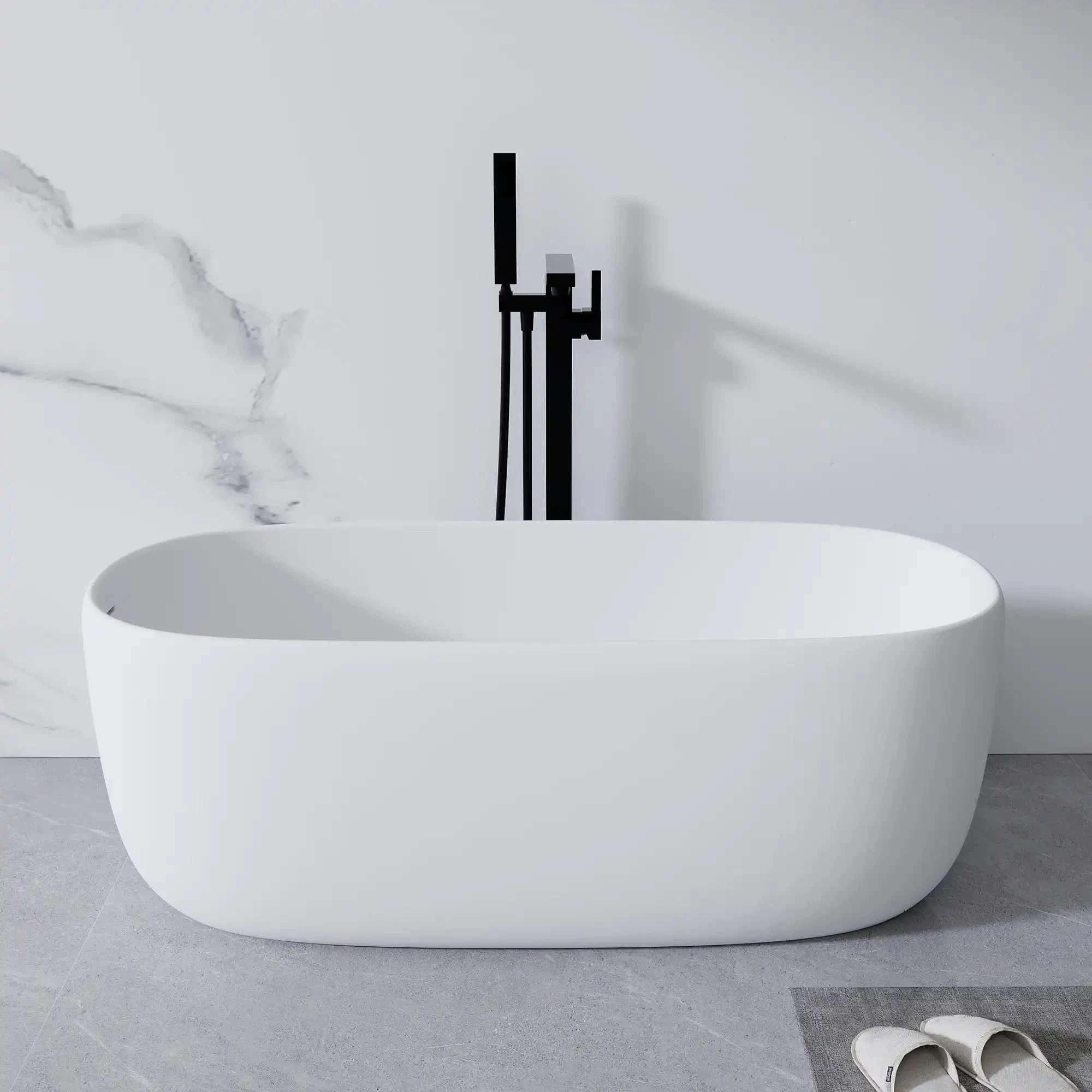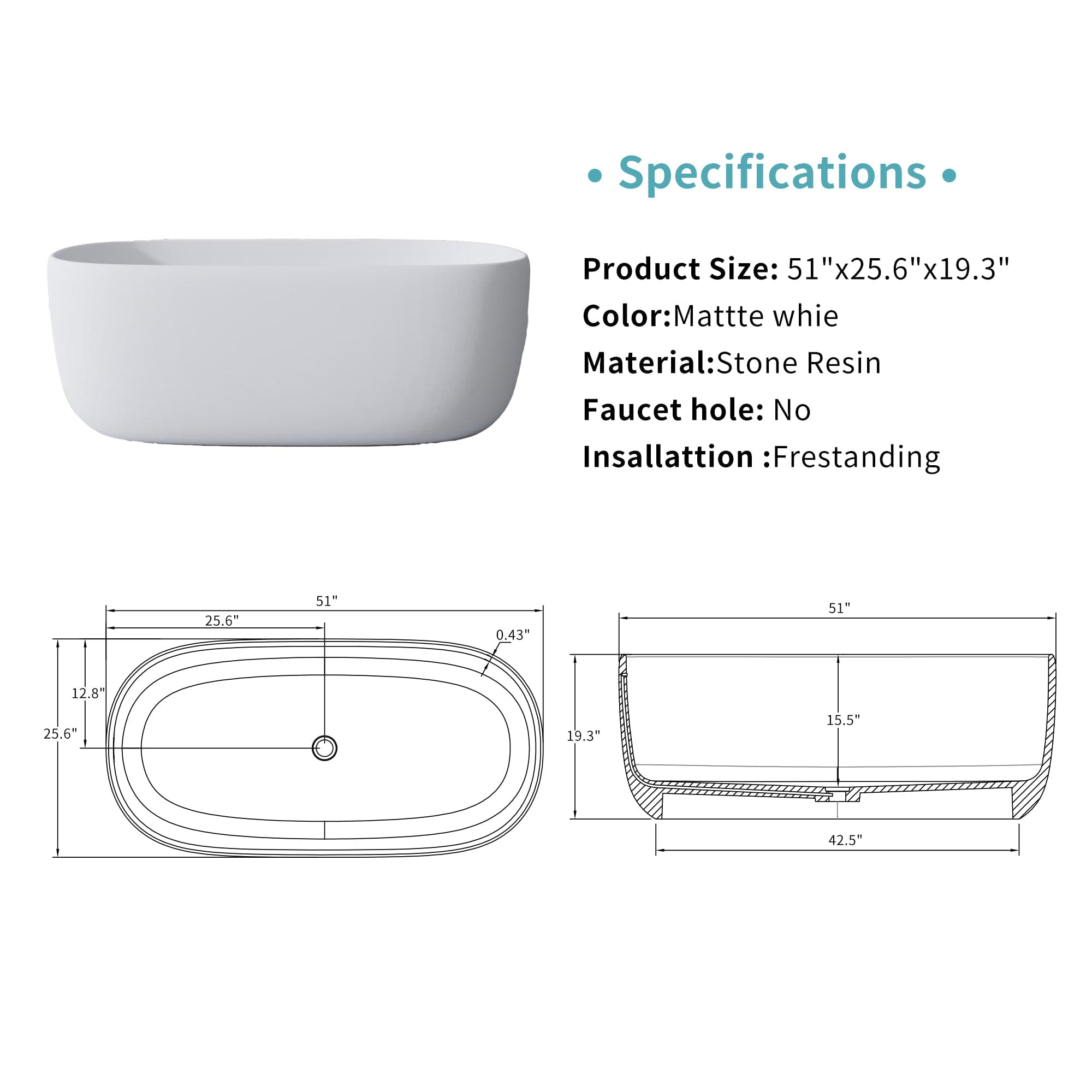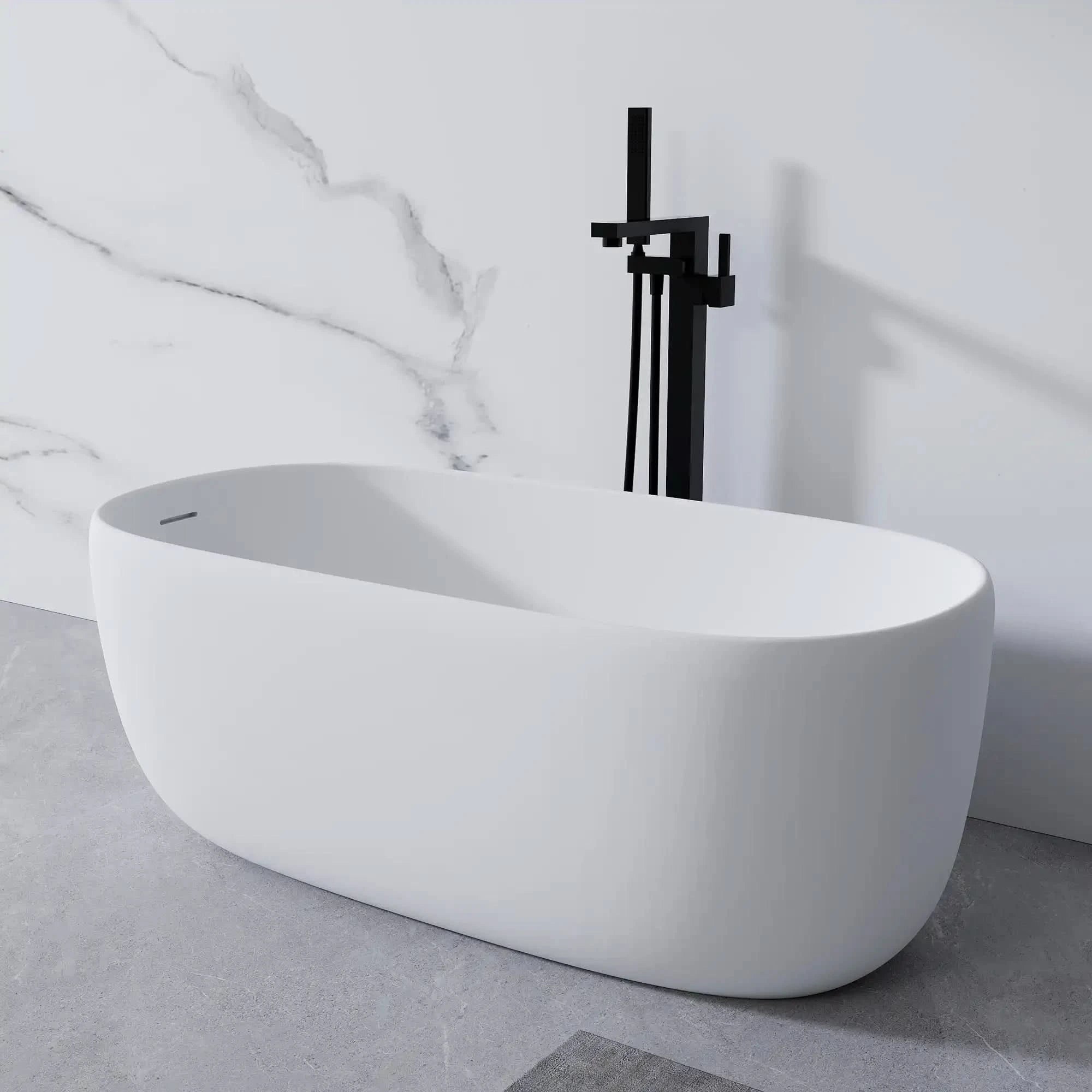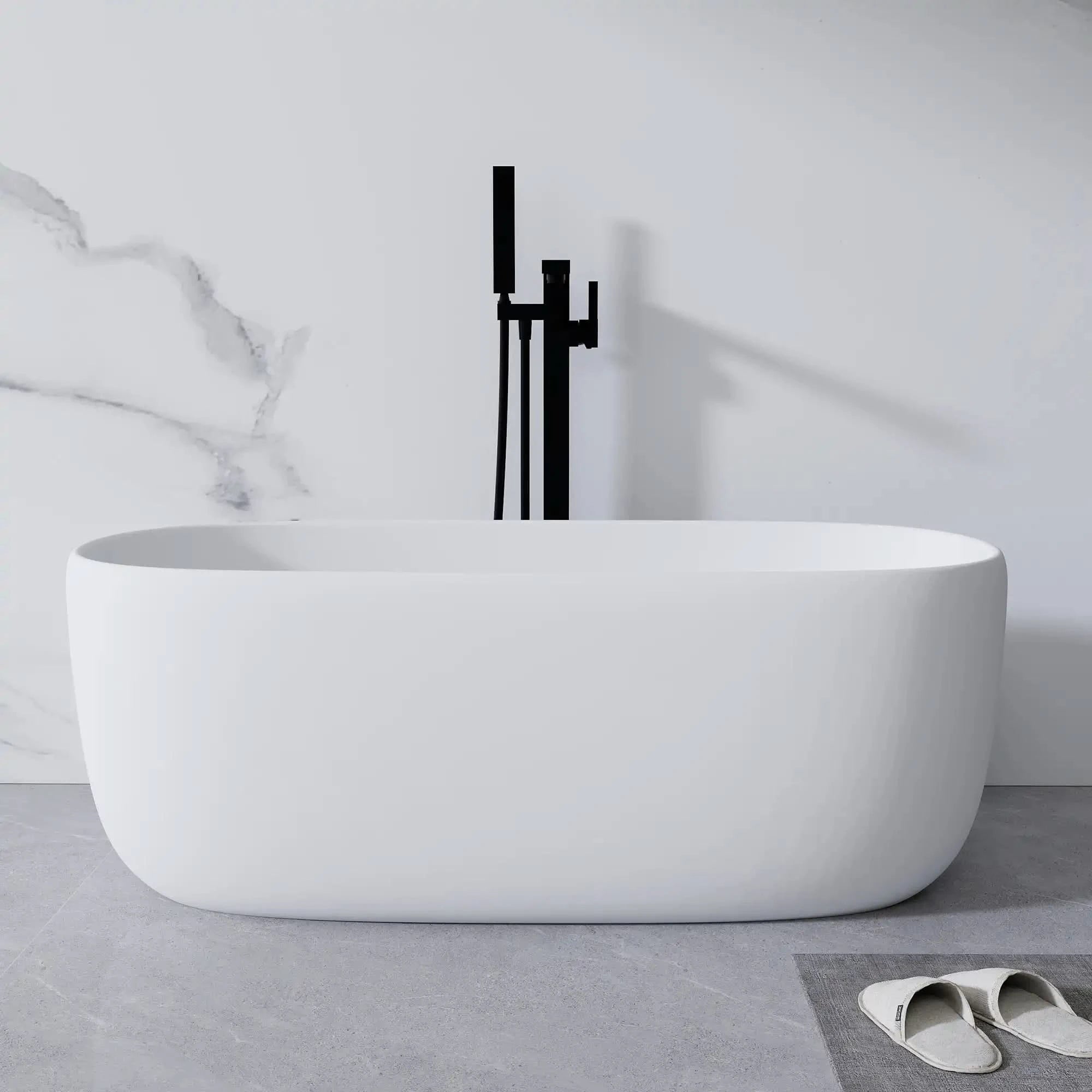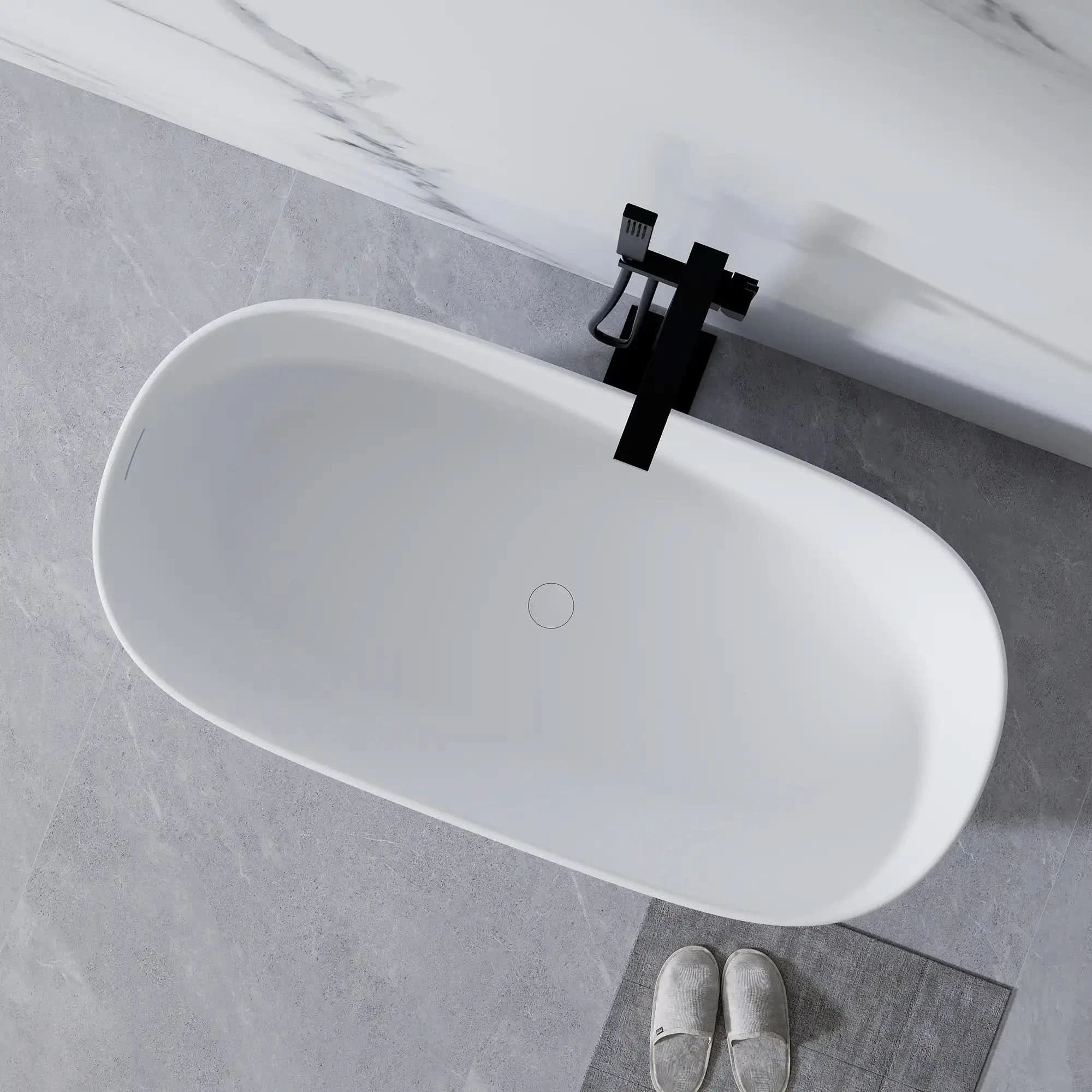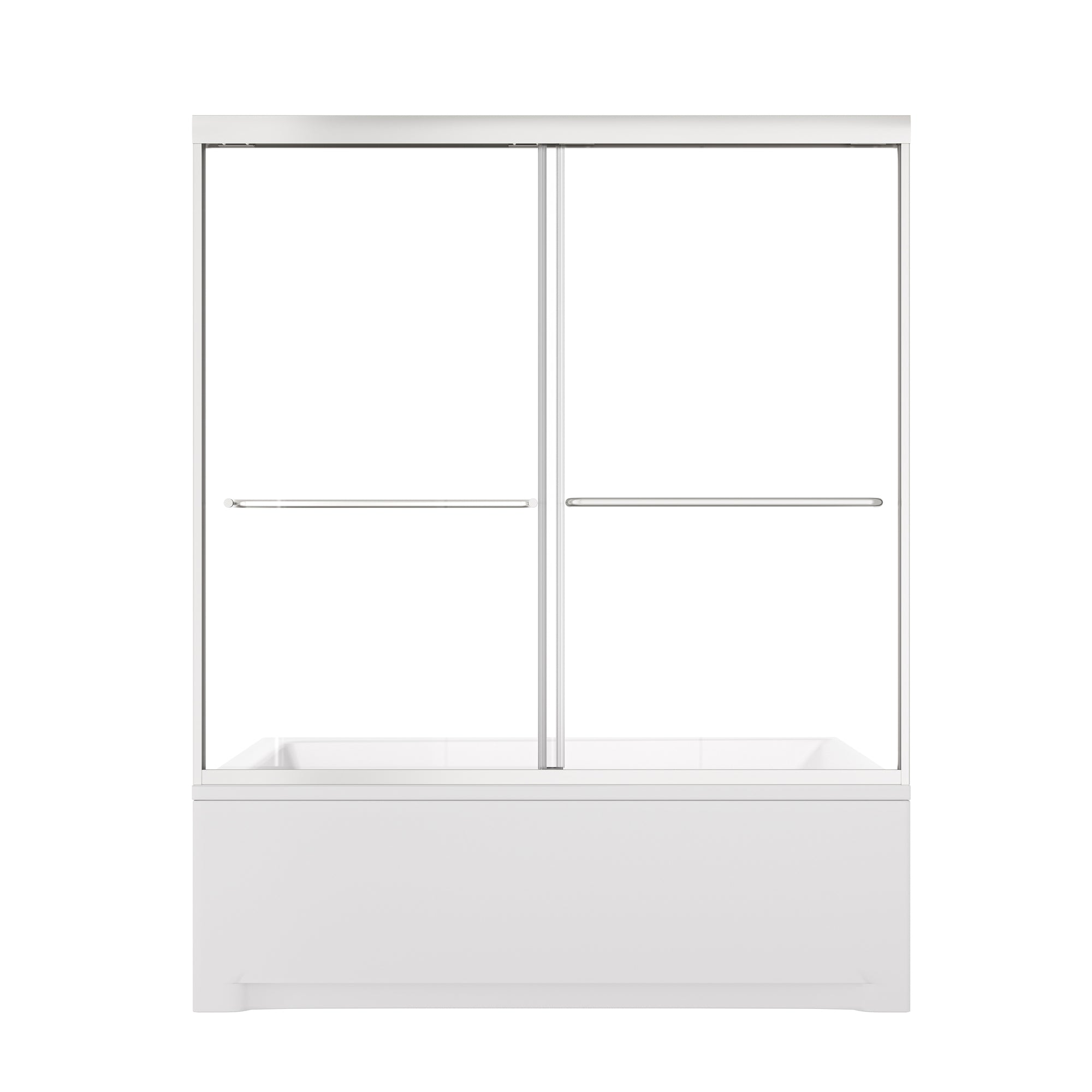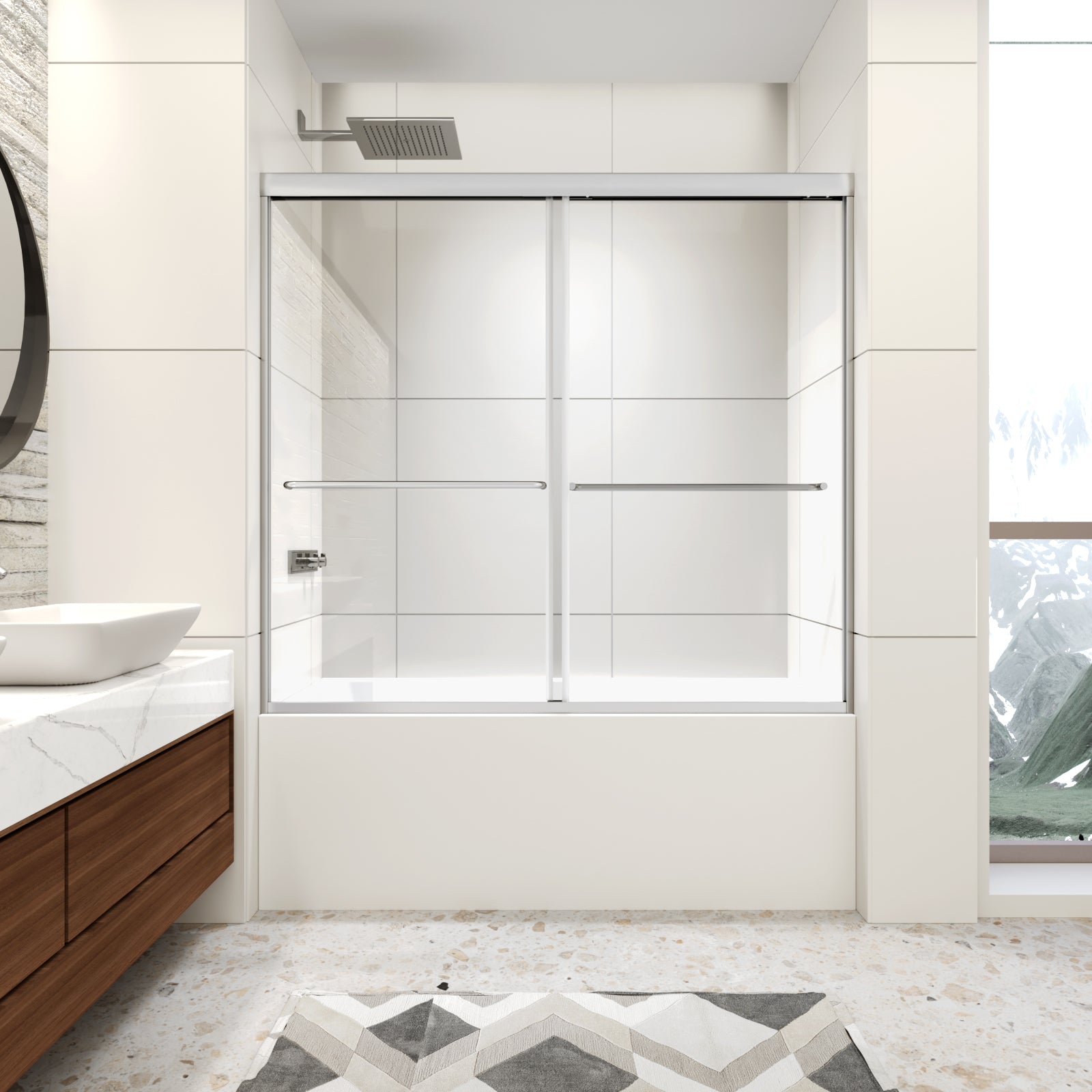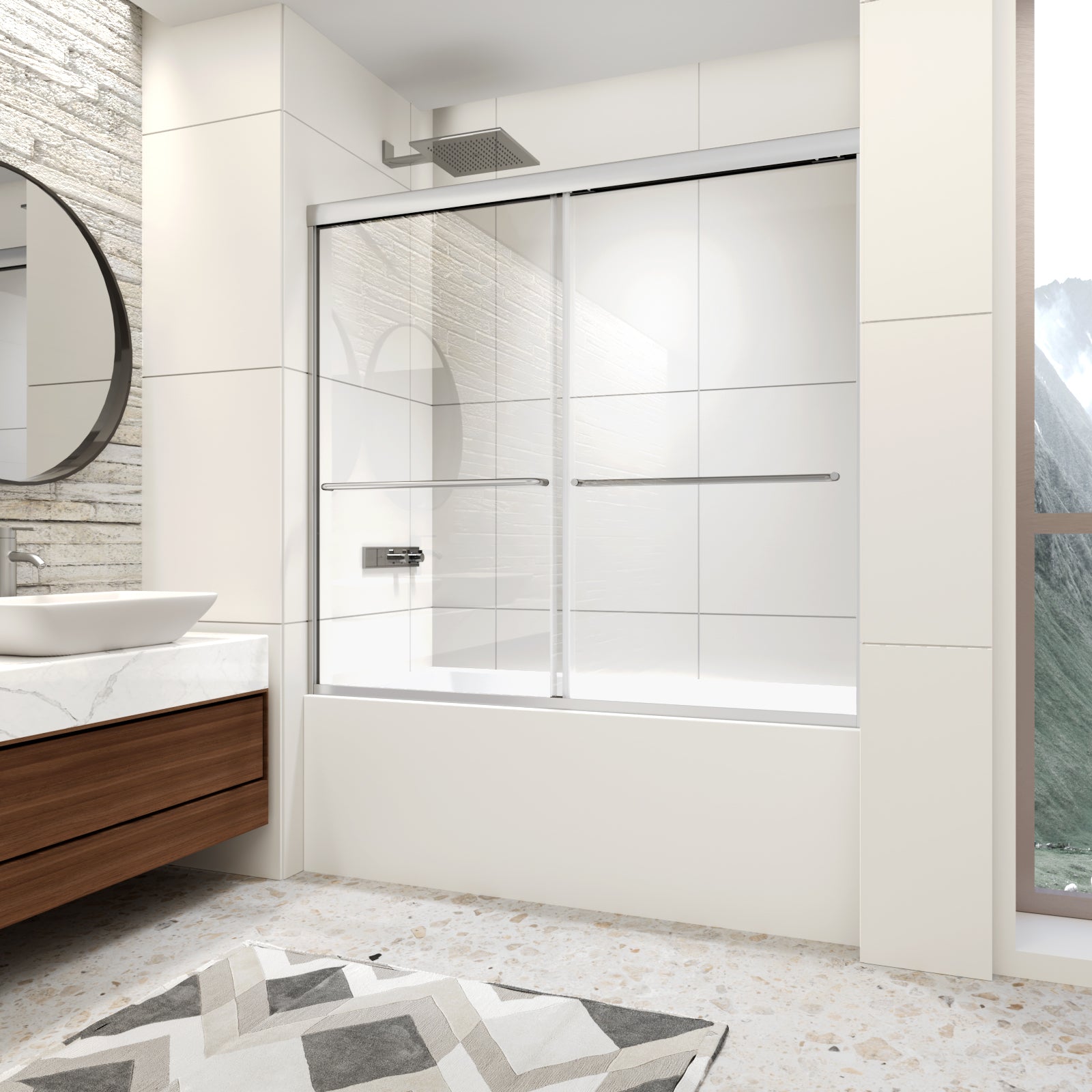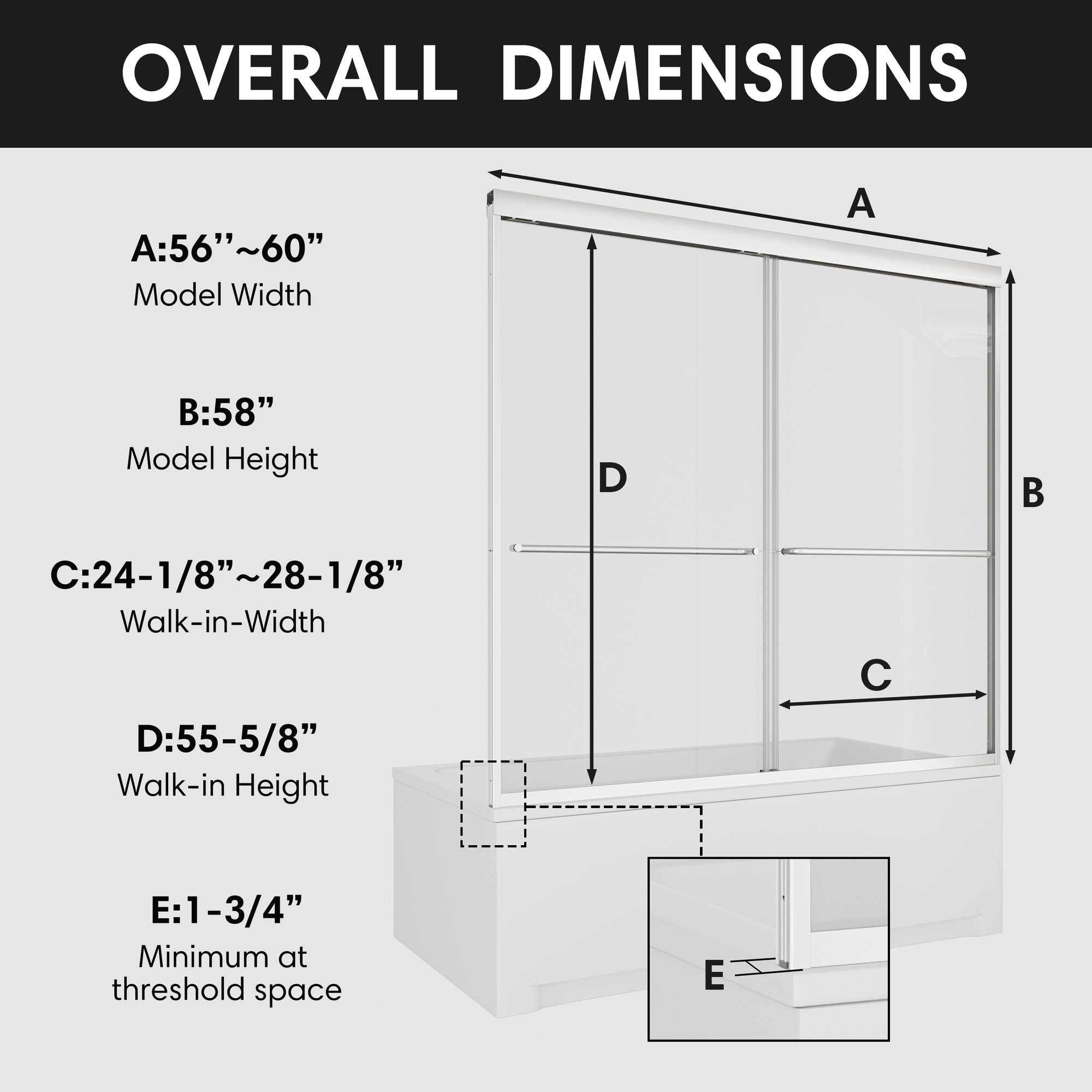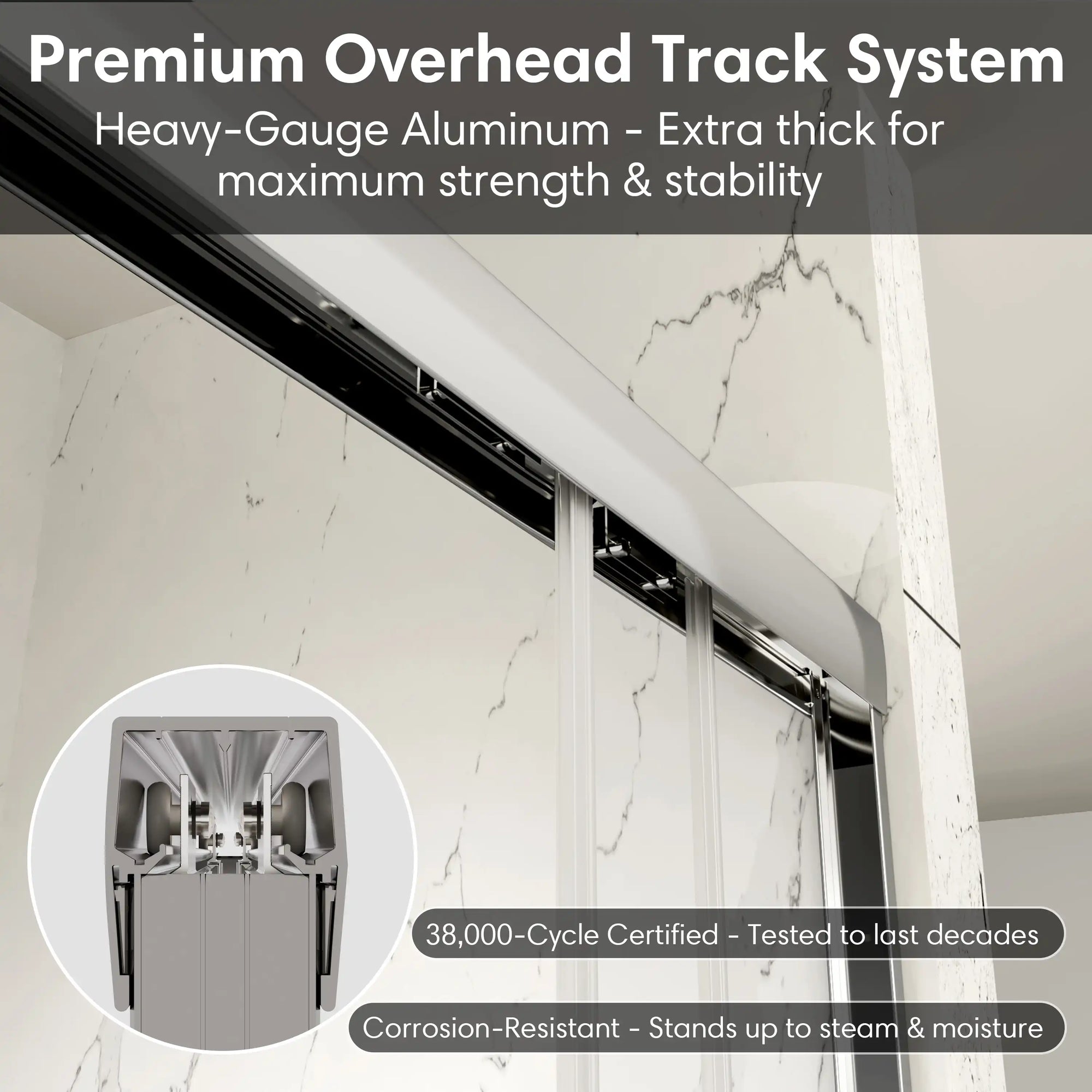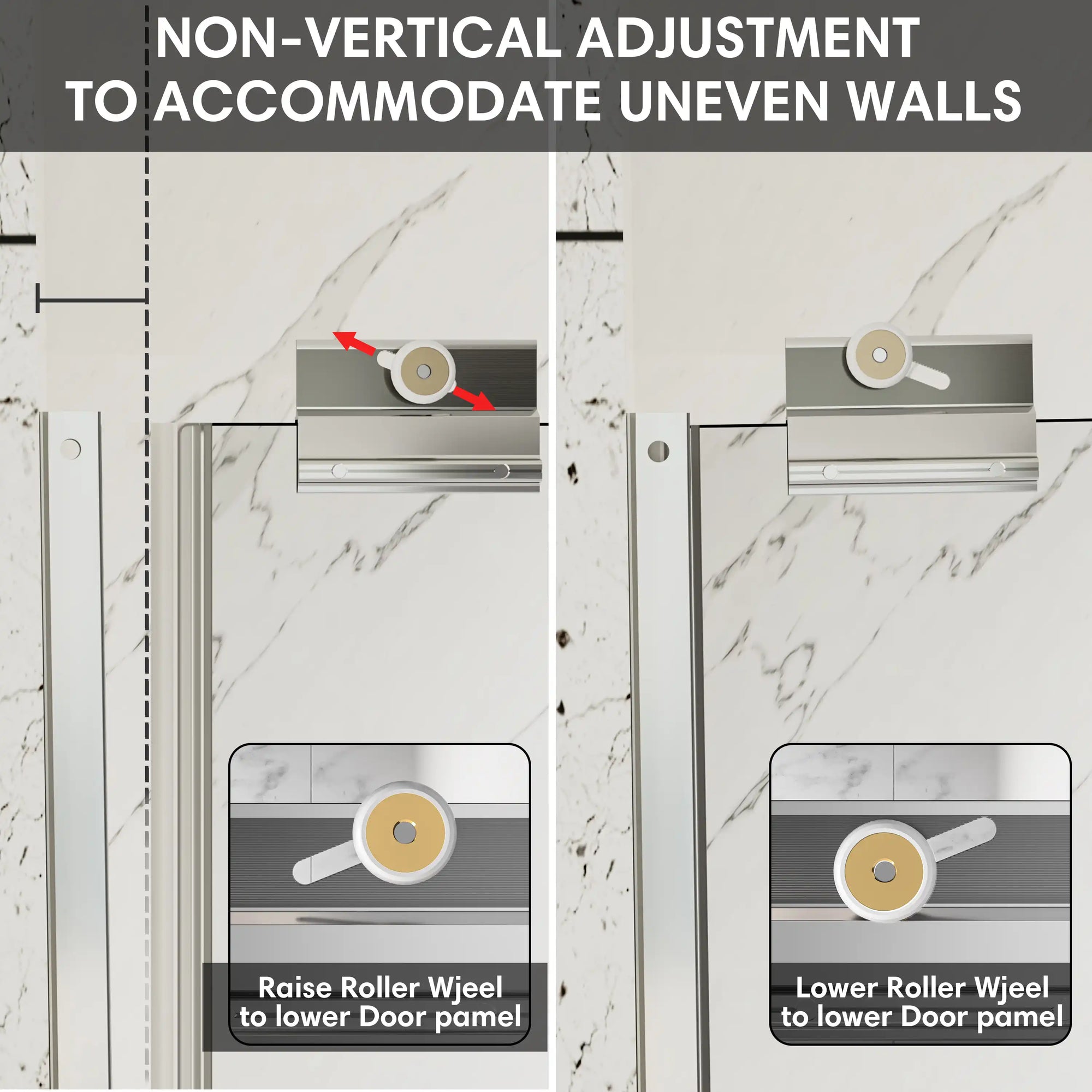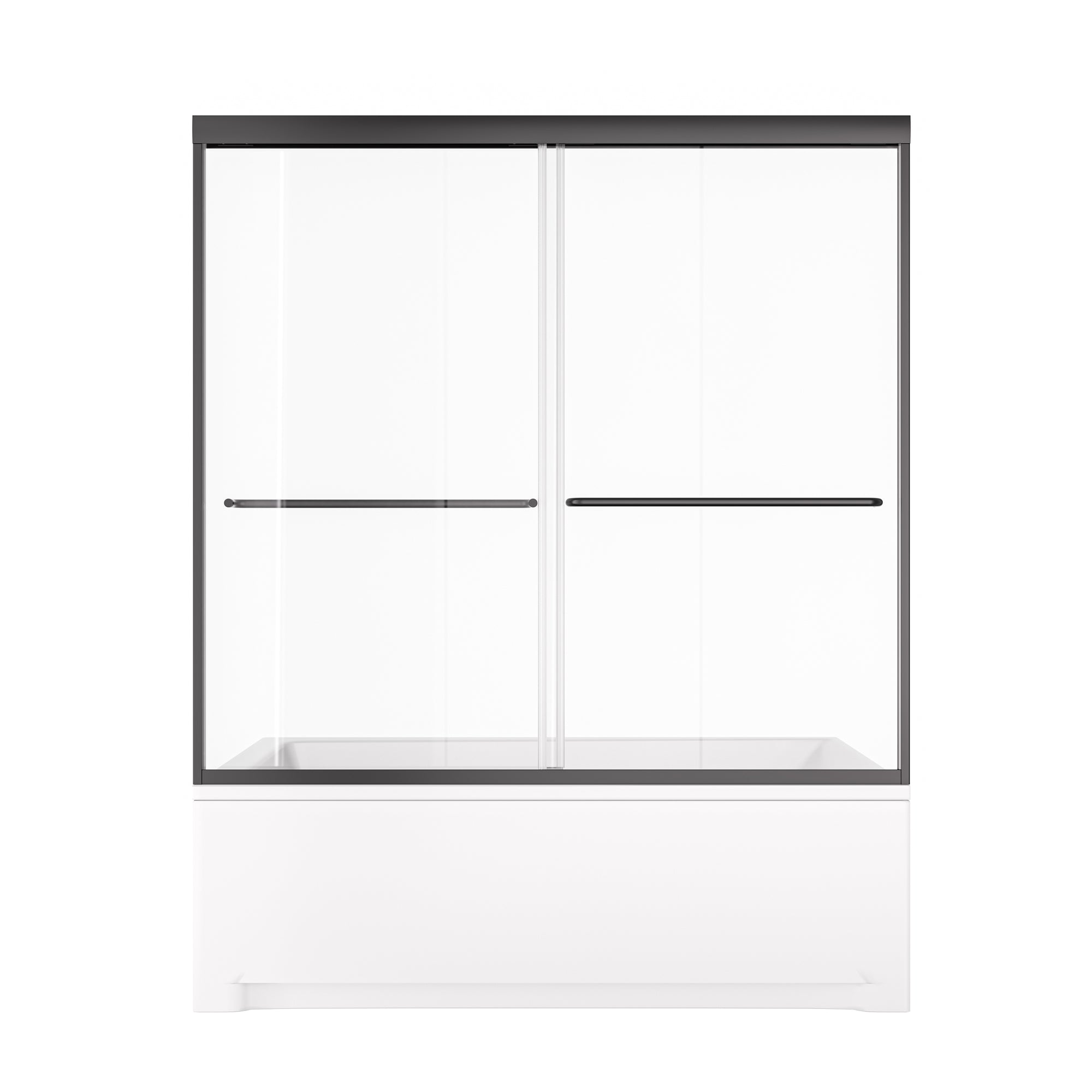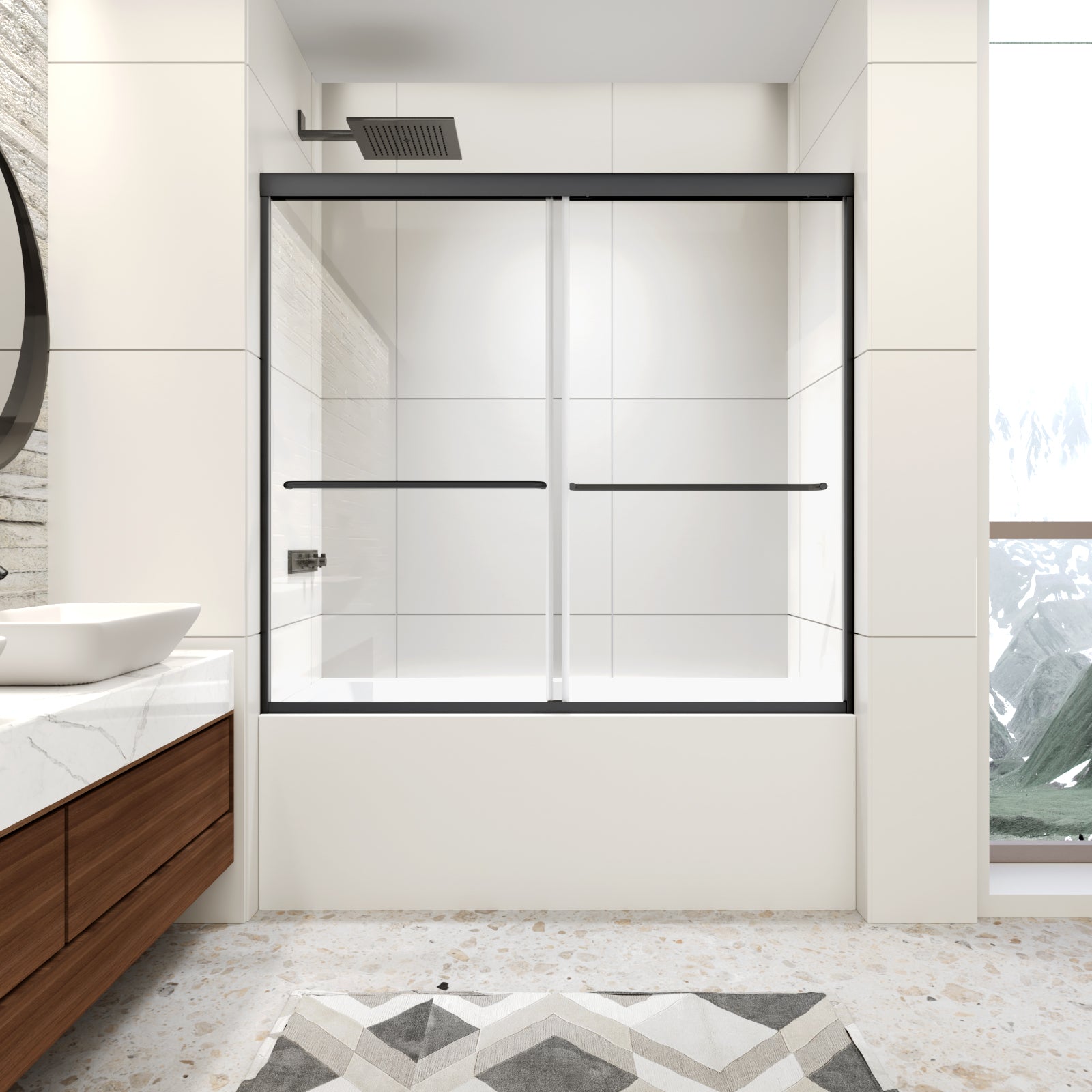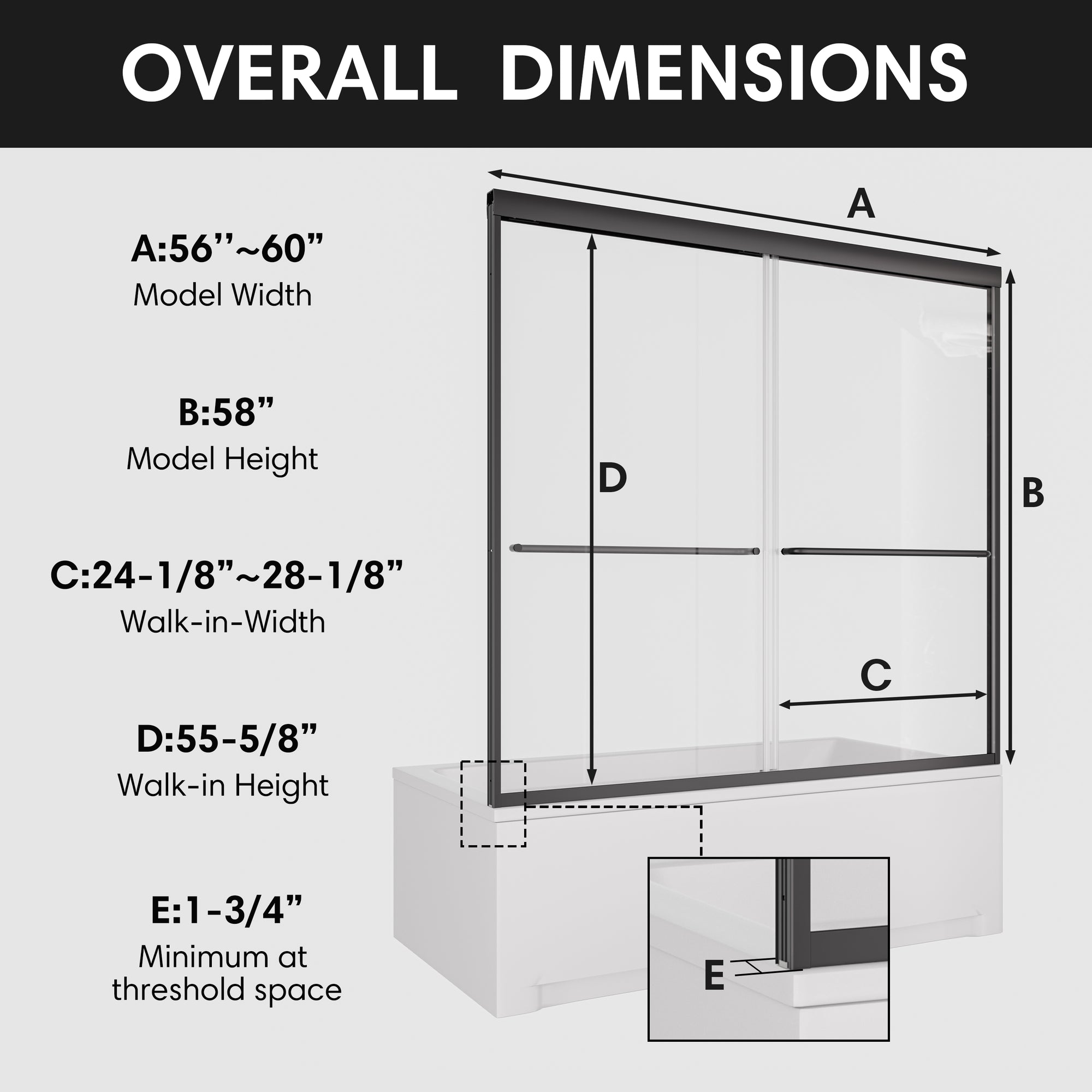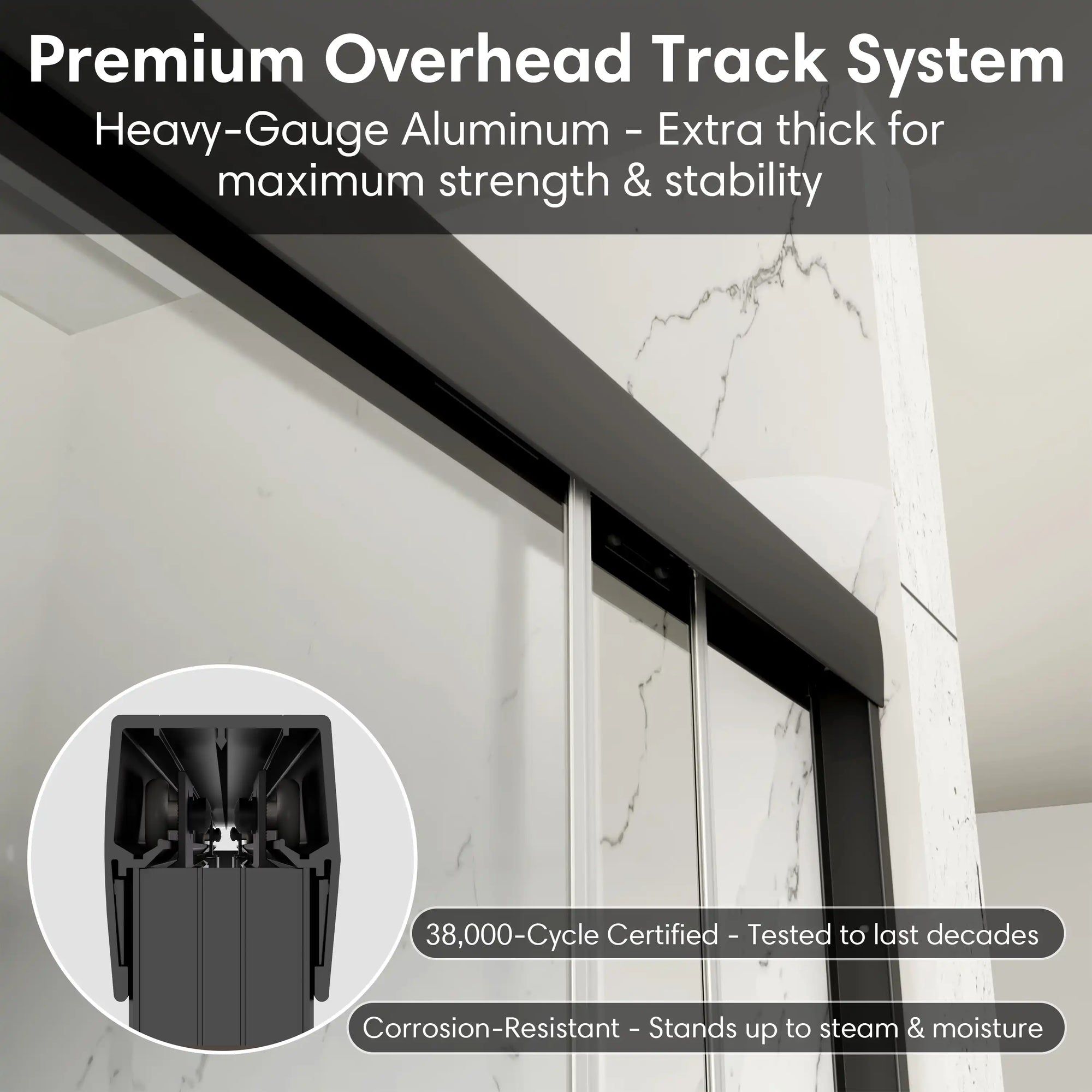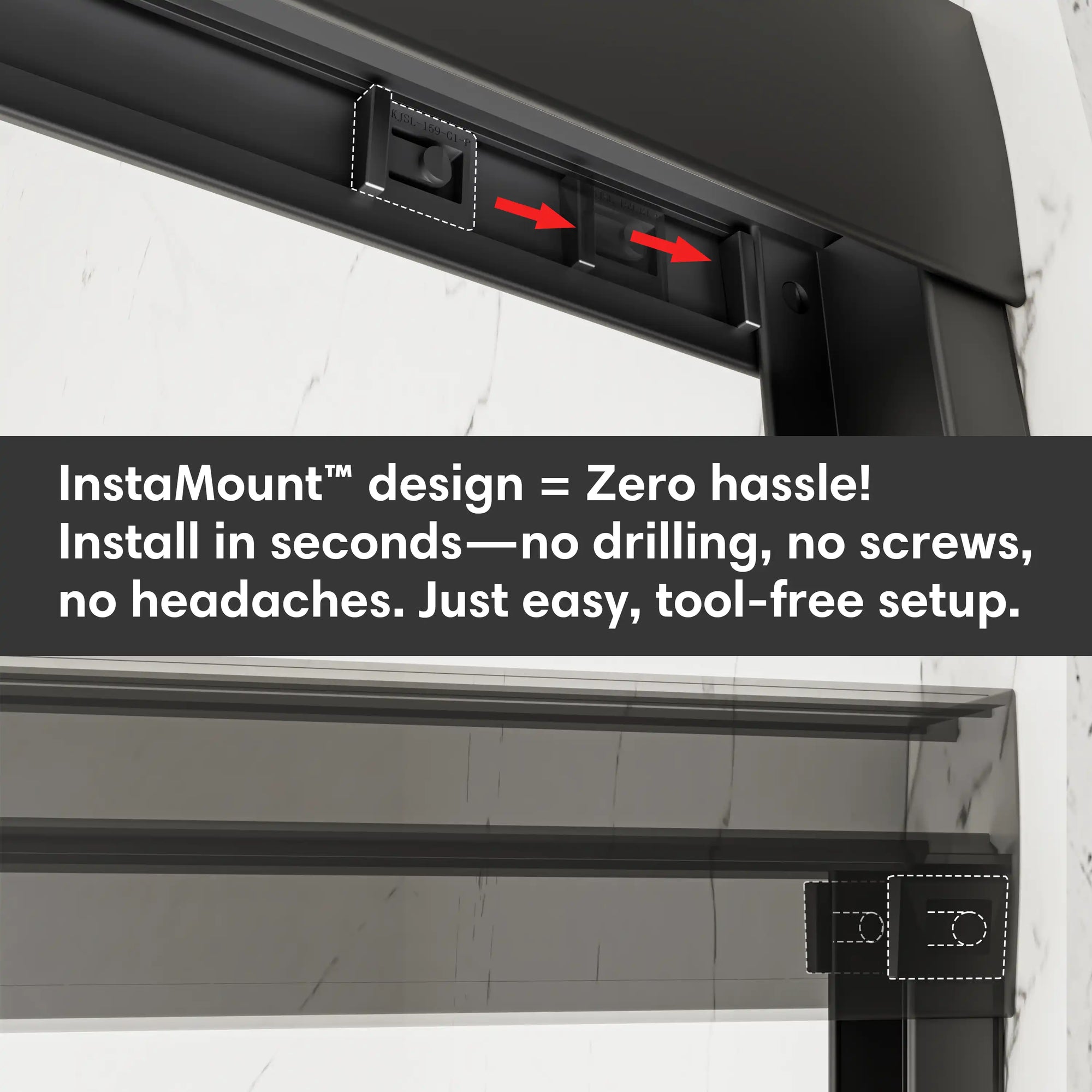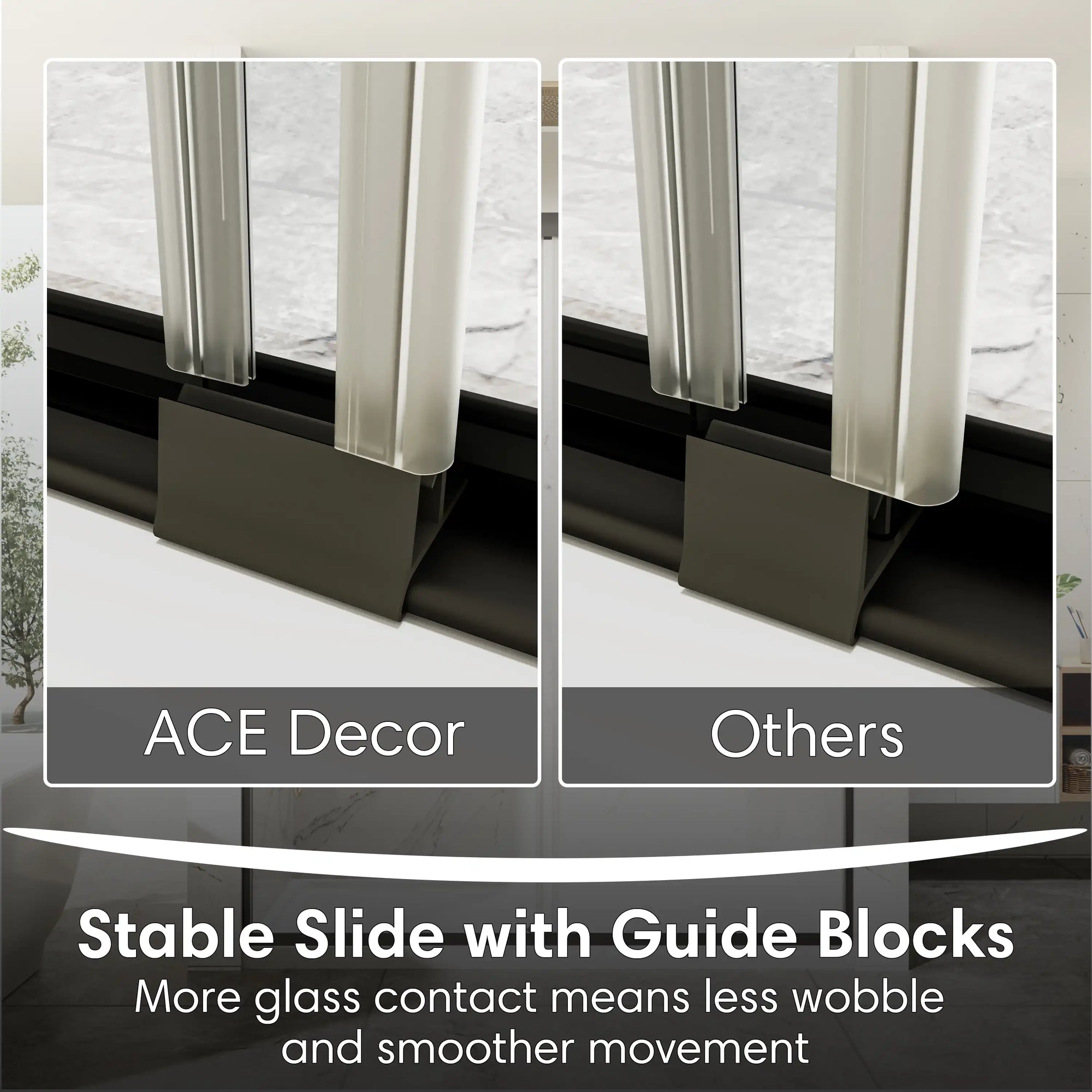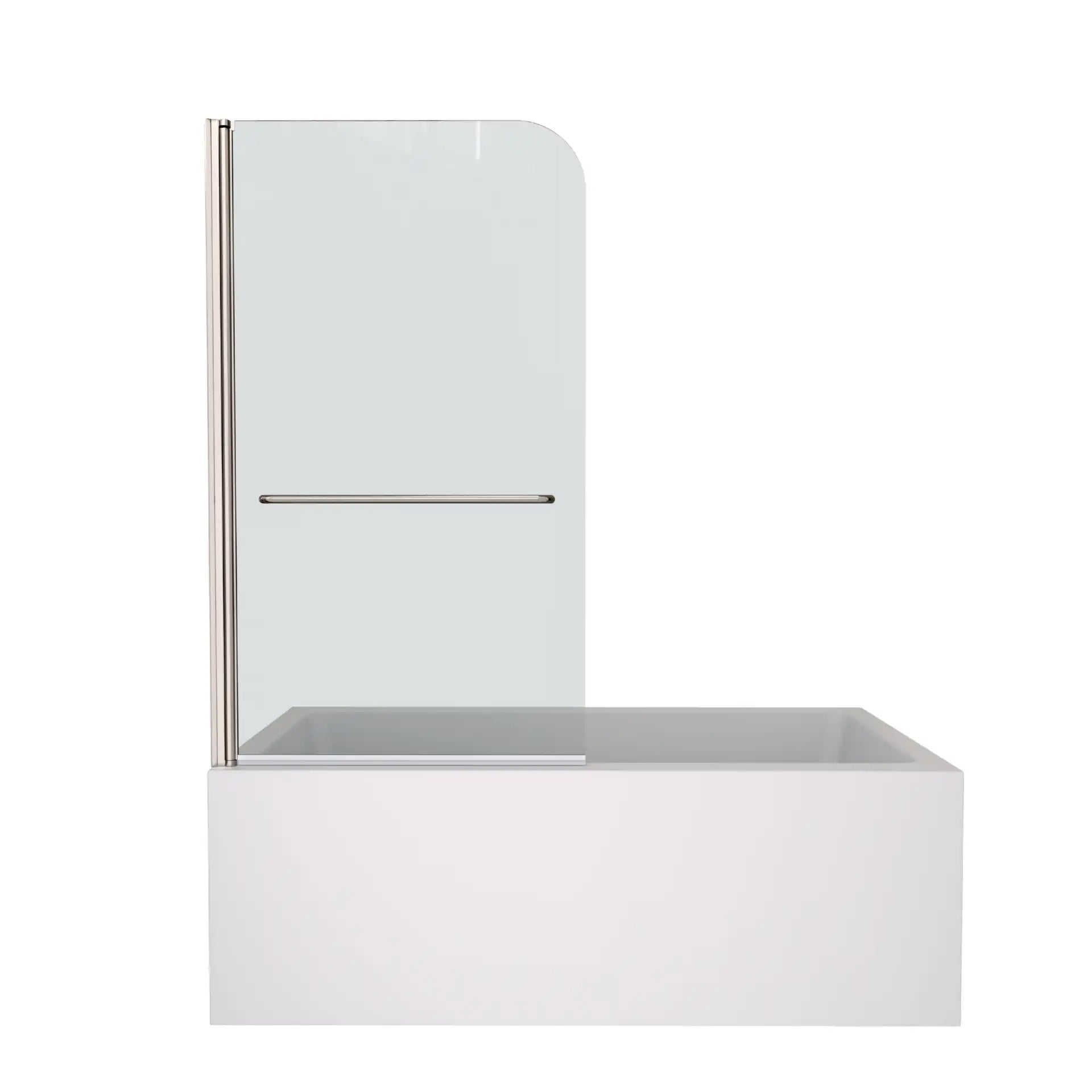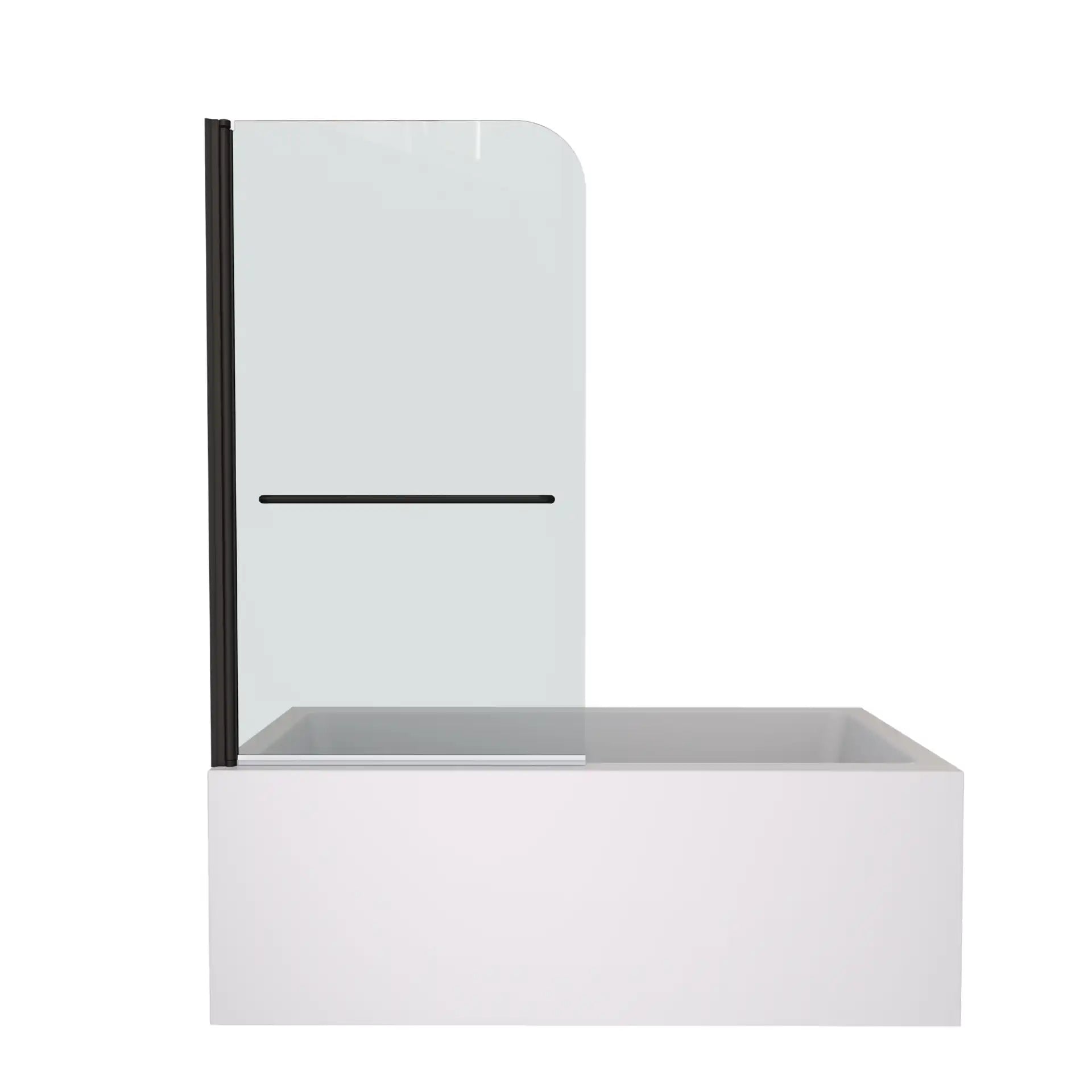Table of Contents
- Spa vs Hot Tub at a Glance (Quick Comparison)
- Spa vs Hot Tub: What's the "Real" Difference?
- The Real-World Pros and Cons of Spa vs Hot Tub
- Swim Spa vs Hot Tub (and where a "swim spa" fits)
- Costs: Purchase, Installation, and Operating (Spa vs Hot Tub)
- Real-World Ownership Tips You Won't Find in Brochures
- How to Choose: A Decision Framework (Spa vs Hot Tub vs Swim Spa)
- Placement & Landscaping Tips
- Maintenance Schedule You Can Actually Keep
- Frequently Asked Questions (FAQ)
- Related Articles
Thinking about adding a spa or hot tub to your backyard? You're not alone—millions of homeowners have asked themselves the same question. Maybe you're picturing a quiet winter evening, steam rising into the frosty air as you sink into bubbling water. Or maybe it's a summer night, friends laughing under string lights while the jets work their magic.
On the surface, the spa vs hot tub debate seems simple—they're both warm, relaxing, and filled with bubbles. But the truth is, they're not the same purchase at all. The differences go far beyond shape and size. One might be a permanent, in-ground statement piece that doubles as a fitness pool; the other could be a portable, energy-efficient retreat you can set up in a weekend.
In this guide, we'll break down spa vs hot tub differences in plain English, compare real-world pros and cons, and even explore where a swim spa fits into the picture. Along the way, you'll hear practical insights from long-time owners—tips you won't find in glossy brochures—so you can make a decision that feels just as good in five years as it does on day one.
So grab a towel, settle in, and let's dive into the warm, swirling world of spa vs hot tub.
Spa vs Hot Tub at a Glance (Quick Comparison)
| Category | Spa (usually in-ground or built-in) | Hot Tub (portable/above-ground) |
|---|---|---|
| Typical purpose | Relaxation and exercise/therapy | Relaxation, social soaking |
| Installation | In-ground or semi-in-ground; professional construction and permits common | Plug-and-play (120V) or hardwired (220V); set on a solid pad |
| Size & depth | Larger footprint; more legroom; may support swim current | Smaller footprint; seats shaped for hydrotherapy |
| Mobility | Permanent | Portable (can move homes) |
| Heat & energy | More water → slower to heat; higher steady-state energy use | Less water → heats faster; generally more energy-efficient |
| Customization | High: shape, seating, jet layout, lighting, finishes | Fixed shell models; many features but less structural customization |
| Cost range | Higher (unit + excavation + trades) | Lower to mid (unit + electrical) |
| Maintenance access | Equipment often housed remotely/underground | All equipment in one service cabinet |
Spa vs Hot Tub: What's the "Real" Difference?
At first glance, a spa and a hot tub both promise warm, swirling water and a place to unwind. But the experience—and the commitment—can be worlds apart.
A spa is usually a permanent fixture, designed to blend into your backyard landscape or even connect seamlessly with a pool. It feels architectural, almost like part of the home's bones. Step into one, and you might find more open space for stretching or even exercising, thanks to features like resistance jets or underwater treadmills. It's the kind of installation that says, this is here to stay.
A hot tub, on the other hand, is a self-contained shell that rests above ground—more like a luxury appliance than a permanent structure. It's built for pure soaking comfort, with sculpted seats, targeted jets, and water that's ready to greet you after a long day. Delivery is straightforward, installation is quick, and if life takes you somewhere new, you can take it with you.
Think of it this way: choosing a spa is like designing an in-home wellness space that's integrated into your property—a blend of exercise, aesthetics, and long-term presence. Choosing a hot tub is more like adding a versatile retreat that's ready within days, easy to maintain, and just as happy in a small patio as it is on a sprawling deck.
If you want exercise capability, a seamless look, and a sense of permanence, a spa will feel like a natural extension of your home. If you're after lower cost, faster installation, and the freedom to relocate, a hot tub is the friendlier choice.

The Real-World Pros and Cons of Spa vs Hot Tub
When you picture yourself stepping into warm, swirling water, the image might be the same whether it's a spa or a hot tub—but the day-to-day reality can be surprisingly different. Let's look at what each really brings to the table, not just in terms of features, but in the way they shape your backyard life.
Spa Pros
- Room to move: More open water volume and legroom; better for stretching, rehab, and low-impact exercise.
- Design freedom: Choose jet zones, loungers, LED lighting, spillways, tile, even an integrated pool look.
- Property value & aesthetics: A built-in spa can look like part of the architecture.
Spa Cons
- Higher total cost: Excavation, concrete, plumbing, and electrical add up.
- Slower to heat, higher energy use: More gallons, more BTUs.
- Harder repairs: Buried lines/components can be trickier to access.
Hot Tub Pros
- Cost-effective: Lower upfront; no digging.
- Fast to install: Place, level, wire, fill—often done the same day.
- Energy efficient: Insulated cabinets + smaller volume = quicker heat and good heat retention.
- Movable: Take it when you move.
Hot Tub Cons
- Compact seating: Less legroom when fully loaded with guests.
- Visual bulk: Above-ground shell requires landscaping to blend in.
- Weather exposure: Cabinet and cover see more wear outdoors.
Swim Spa vs Hot Tub (and where a "swim spa" fits)
A swim spa splits the difference: a long, self-contained vessel with a counter-current for swimming at one end and seats/jets for soaking at the other. Real owners point out several useful nuances:
- Who it suits: People who want to stay active but lack the space or HOA approval for a full pool. You can exercise up front and then slide back for hydromassage.
- Regulation/classification: Some owners report that in many places a swim spa is treated like a large hot tub rather than a pool; that can change what rules apply. Always confirm your local code/HOA—don't rely on assumptions.
- Water temperature: Multiple owners note that many swim spas cap at ~100°F (37.8°C) to keep exercise comfortable, while most hot tubs allow 100–106°F (37.8–41.1°C) for pure soaking. Many users say the comfort "sweet spot" for relaxing is 100–102°F.
No hassle. No delay. No extra cost—only if insured at checkout.
“Jack of all trades, master of none” crops up a lot—swim spas are excellent multi-taskers, but if you’re a serious lap swimmer or only care about deep-tissue hydro-massage, a dedicated pool or a purpose-built hot tub may be better.
When to choose a swim spa vs hot tub:
- Choose swim spa if daily exercise + occasional soaking is your plan, and you can dedicate the space and budget.
- Choose hot tub if soaking and social time are your priorities and you want higher soaking temps and simpler ownership.

Costs: Purchase, Installation, and Operating (Spa vs Hot Tub)
When weighing the spa vs hot tub decision, cost is often the first factor people consider. But price is more than just the number on the sales tag—it includes installation, energy use, maintenance, and even the lifespan of the equipment. Here's what real-world ownership looks like.
Purchase and Installation
Spa
A spa is more than a product—it's a construction project. You're paying for the shell or structure, excavation, a stable pad or foundation, plumbing, electrical (and sometimes gas lines), and finishing touches like tile, stonework, or decking.
Most in-ground spas fall between $15,000 and $40,000+, depending on size, materials, and customization. High-end designs with premium tiles, LED lighting, or integrated waterfalls can push the budget even higher. Homeowners often combine spa installation with a pool project to save on labor and achieve a seamless look.
Installation typically takes two to six weeks, involving multiple trades and, in some cases, permits or HOA approval. While it's a longer process, the result is a permanent, architectural feature that feels like part of your home.
Hot Tub
By contrast, a hot tub is a self-contained unit—more like a luxury appliance. Most range from $3,000 to $15,000, with the higher end offering more jets, better insulation, and advanced control panels.
Installation is quick: place it on a level base (concrete pad, pavers, or reinforced decking), connect power, fill it with water, and you could be soaking within hours. Many models are 120V "plug-and-play", but upgrading to a 220V connection improves heating speed and recovery time, especially in colder climates.
Operating Costs
Energy Use
Hot tubs generally cost $20–$30 per month to run in moderate climates, thanks to smaller water volume and well-insulated cabinets. Spas, with their larger capacity, often land in the $30–$50 range, though high use or frigid winters can push bills to $60–$80.
Owners often save money by heating during off-peak hours or using "economy" modes. A high-quality, tight-fitting insulated cover can cut energy costs by 10–20% on its own.
Chemicals
Water care is relatively inexpensive if done consistently. Many owners report spending around $100 per year on sanitizers, shock treatments, and pH balancers. Heavy use, poor water quality, or inconsistent maintenance can double that cost.
Sanitization method matters: bromine, chlorine, saltwater systems, and ozone all have different long-term costs. Some ozone users report up to a 30–50% reduction in chemical use, though the ozone generator or bulbs require periodic replacement.
Maintenance and Lifespan
A well-built spa or hot tub can last decades with proper care. Pumps and heaters typically run 6–10 years before needing replacement, and covers usually last 4–7 years depending on climate and care. Common repair costs include $300–$800 for a pump, $200–$600 for a heater, and $400–$900 for a control panel.
Routine upkeep makes a huge difference: clean filters regularly, change water when it's "tired,” and protect your unit from extreme weather. Some owners in cold climates even add floating thermal blankets under the main cover to keep heat in and ice out.
No matter which side you choose in the spa vs hot tub debate, invest in the best insulated cover you can find. It's your single biggest energy saver, your first line of defense against debris, and—when winter hits—sometimes the reason your water stays warm enough to enjoy.
Real-World Ownership Tips You Won't Find in Brochures
Below are insights echoed by long-time owners and technicians. These are not medical or safety directives—always follow your manufacturer's instructions—but they reflect patterns from people who live with these systems year-round.
1) "Wet-test" before you buy
- Seating depth, jet strength, and ergonomics vary widely. A quick in-store wet test reveals whether a lounge seat fits your height and whether the jets truly massage, not just bubble.
- Within a brand line, models often share a similar "jet feel"; the big differences are seating and jet count/config.
2) Chemistry: simple beats complicated
- Some owners succeed with bromine systems: dose at fill, then "shock" after each use, keeping water crystal clear with only monthly checks if bather load is low.
- Others prefer chlorine using the dichlor-then-bleach method: start with dichlor until cyanuric acid (CYA) reaches ~30 ppm, then switch to liquid chlorine to avoid CYA creep.
- Don't rely on test strips—invest in a proper drop-test kit. Consistent testing prevents most problems.
- Water changes: Swap water when conductivity or odors rise, or when routine shocking leaves a persistent yellow tinge that quickly dissipates—both are signs it's time for fresh water.
3) Filters: clean smarter
Strategies differ, but common patterns include:
- Rinse weekly, deep-soak monthly (overnight) in a filter cleaner, and rotate two sets so you always have a dry spare.
- Some owners only clean at water change and replace every ~5 years, while others replace more often—usage matters.
- UV bulbs (if fitted) may be swapped every few years.
4) Ozonators: useful—or not?
Experiences diverge:
- Some long-term owners call low-output ozone a waste of money compared with simply maintaining chemicals.
- Others report excellent results with high-output ozone units (e.g., ~10 g/hr) run briefly daily, reducing chemical demand by ~90%—with a small amount of bromine still in use.
- Technicians caution that many ozonators don't work well if plumbed incorrectly. If you go ozone, ensure proper installation and venting per the manufacturer.
5) Cover discipline = clear water
Keeping the tub covered when not in use preserves heat, limits evaporation, and reduces airborne contamination—three quick wins.
6) Durability & service
- Over decades, owners commonly report a couple of pump swaps, a control pack or heater replacement, and occasional jet or tubing fixes—then back to normal.
- Choose a brand with local service availability over a big name alone. Several owners emphasize that paying for a logo brings less value than strong jets, reliable parts, a 220V circuit, and two quality pumps.
7) Pests & placement
One challenge hot tub owners mention—especially with foam-insulated cabinets—is mice intrusion. Non-toxic deterrents (like peppermint-oil perimeter sprays) can help, especially before cold snaps. Seal entry points, keep the pad tidy, and avoid food storage nearby.
8) Grooming & lotions
A consistent tip for pristine water: don't enter with body lotion, sunscreen, or hair products. They gum up filters and cause foam.
How to Choose: A Decision Framework (Spa vs Hot Tub vs Swim Spa)
1. Primary goal
- Pure soaking & social: hot tub
- Soaking + fitness/rehab: swim spa or built-in spa with resistance options
- Architectural integration with a poolscape: spa
2. Space & rules
Tight yard or restrictive HOA? A hot tub or compact swim spa often fits better than a full in-ground build. Verify local code/HOA terms—some jurisdictions treat swim spas differently from pools.
3. Budget
- Lowest upfront: hot tub
- Mid-to-high: swim spa
- Highest with landscaping value: built-in spa
4. Climate & energy
Colder climates magnify the value of insulation, full-foam cabinets, tight covers, and 220V wiring for faster heat recovery.
5. Maintenance appetite
Hot tubs centralize equipment for easy access; built-in spas may hide gear remotely. If you prefer straightforward servicing, hot tub ownership is simpler.
Placement & Landscaping Tips
- Pad & drainage: Level concrete or pavers with positive drainage. Keep soil and mulch away from the cabinet.
- Access clearances: Plan a path wide enough for shell delivery and future service panel access.
- Wind & privacy: Use fences, hedges, or pergolas to cut windchill and boost comfort.
- Lighting: Step lights and low-glare path lighting improve safety for nighttime soaking.
- Noise & neighbors: Pumps and blowers are not silent; add soft landscaping or fencing to dampen sound.
Maintenance Schedule You Can Actually Keep
- Every use: Rinse off first; brief post-soak shock if your program calls for it.
- Weekly: Test water (pH/FC/TA or bromine); skim and wipe the waterline; quick filter rinse.
- Monthly: Deep-soak filters; check cover condition; inspect cabinet for moisture or pest activity.
- Quarterly (or when water becomes "tired"): Drain, wipe shell, refill, balance, and re-start your bromine or dichlor regimen.
- Annually: Inspect pumps, unions, and fittings; replace filter(s) if worn; refresh any sacrificial anodes if installed.
- Every few years: Replace UV bulbs (if fitted); evaluate cover heft and seal.
Frequently Asked Questions (FAQ)
1. Do I need a permit to install a spa or hot tub in the U.S.?
In most U.S. cities and counties, portable hot tubs don't require a building permit, but in-ground spas almost always do. Local codes may also require safety measures like locking covers, barrier fencing, or GFCI-protected electrical circuits. Always check with your city's building department or HOA before installation—requirements vary widely between states like California, Texas, and Florida.
2. What's the ideal water temperature for American hot tub users?
The U.S. Consumer Product Safety Commission recommends keeping water temperatures at 100–102°F for most adults. While the maximum safe limit is 104°F, pregnant women, young children, and those with heart conditions should opt for lower settings. In colder states like Minnesota or Colorado, many owners keep their hot tubs at a steady 102°F through winter for quick access.
3. Which is more energy-efficient for U.S. climates: spa vs hot tub?
In portable form, hot tubs are typically more energy-efficient because they have smaller water volumes and better cabinet insulation. In-ground spas can be efficient too, but they often require more BTUs to heat and maintain temperature—especially in northern climates. In states with high electricity costs like California, investing in a thick insulated cover and off-peak heating schedule can make a noticeable difference.
4. How much does it cost to run a spa or hot tub in the U.S.?
For most American households, an efficient hot tub costs around $20–$30/month in electricity, while a large in-ground spa may cost $30–$50/month. Add another $100–$150/year for chemicals and maintenance supplies. Costs vary by state—electricity in Hawaii or New England can be nearly double that of Idaho or Washington. Energy-efficient models and proper covers help keep these numbers low.
Related Articles
Want more ideas for creating a relaxing, inviting home environment? Check out these articles for tips on outdoor living, wellness routines, and design inspiration to make the most of your space.
- "Hotel Housekeepers' Secrets: Keeping Glass Shower Doors Crystal Clear"
- "What Is the Best Smart Toilet? 6 Top Brands and Models in the World"
- "What is an Ofuro? Discover the Japanese Tub for Deep Relaxation"
- "How Many Types of Mirrors Are There? From Classic to Smart – Find Your Perfect Match"
- "10 Very Small Small Half Bathroom Ideas to Make the Most of Tiny Spaces"
- "Bath Water Temperature Guide: Safe, Comfortable & Ideal Settings for Every Age Group"
- "How to Fix a Cracked Mirror: A Complete Guide for DIY and Replacement"


